Exploring Umbria:
I’m often asked where I get my rag rug inspiration from, but it’s really difficult to give a straight forward answer as it comes from lots of places… pottery in the V&A, architecture, old embroidery… you name it, I probably have an interest in it. Although design inspiration can come from anywhere, it seems more satisfying when you stumble across it randomly and when it hits you right in the face (poetic, I know).
Every year, I visit my godmother, Marilisa, who runs an agriturismo in the hills of Umbria. Borgo di Carpiano is truly heaven on Earth. Don’t believe me, check out these photos…
And this is currently my view as I write this blog post…
After years of visiting, this place is now my home from home – my tranquil summer getaway. Over the years, I’ve explored many of the surrounding Umbrian hilltop towns which are excellent for design inspiration, with their collections of Renaissance pottery, distinctive colour palettes and Italian charm. However, this year, I stumbled across an exhibition by the artist Alberto Burri that I thought was truly special and I wanted to share it with you all. So, who is Alberto Burri?
A bit about Alberto Burri:
Alberto Burri was born in 1915 in Città di Castello, a small town in Umbria, Italy. During World War II, Burri was a frontline soldier and later became a physician. When his unit was captured in 1943, he was sent to a prisoner-of-war camp in Texas, which is where Burri began his distinctive style of painting. It wasn’t until 1946 that Burri was repatriated to Italy and began pursuing art full-time in Rome.
Over the years, Burri garnered lots of critical aclaim and he is now considered to be one of Italy’s most famous post-war artists. In fact, Burri’s pieces can currently be found in M.O.M.A and the Guggenheim in New York, in the National Galleries of Modern Art in Rome and Paris, as well as the Tate Gallery in London. In his home town of Città de Castello, a former tobacco warehouse was acquired and converted into a huge gallery to show his pieces, with sculptures inside and outside. Burri was known for experimenting with unorthodox pigments and resins, as well as materials such as hessian bags and household linens. Other materials he worked with include stitched pieces of fabric, plastic, iron, wood and leather. Burri died in Nice in February, 1996.
The Alberto Burri Collection in Città di Castello:
As you enter Città di Castello, you might happen to notice a few large metal sculptures. These are your first glimpse into the world of Alberto Burri…
Before this visit, I had looked around Città di Castello a few times, but never thought to question what these imposing sculptures were or why they were there. Well, now I know that they mark the entrance to “Ex Seccatoi del Tabacco”, the former tobacco factory, which holds the biggest and best collection of the Alberto Burri’s art.
The collection was too good not to share, so below are some of my photos from the exhibition. Incidentally, I think Burri’s work is particularly suited to rag rugging as he plays with colour and texture in the most interesting ways. Watch this space, as I feel a Burri-inspired rag rug coming on. So here it goes…
Ex Seccatoi del Tabacco:
Once you know where the Burri Collection is, it’s pretty hard not to miss it as it’s housed in a rather imposing former tobacco factory, which has been painted matt black. It’s hard to get a proper idea of the scale of the factory, but check out how small that man is in the entranceway…
The exhibition kicks off with one of Burri’s less conventional pieces (and I have to admit, not one of my favourites), which is made out of melted plastic. Burri enjoyed experimenting with ripping, tearing and destroying different materials just to see what would happen, so this is a pretty good example of Burri playing around.
Burri Showcase Room:
The second gallery space is where things really start to get interesting as it contains pieces from many different eras and collections. Stepping into this room was my first proper glance at some of Burri’s large, colourful, geometric pieces that I’ve learned to like so much:
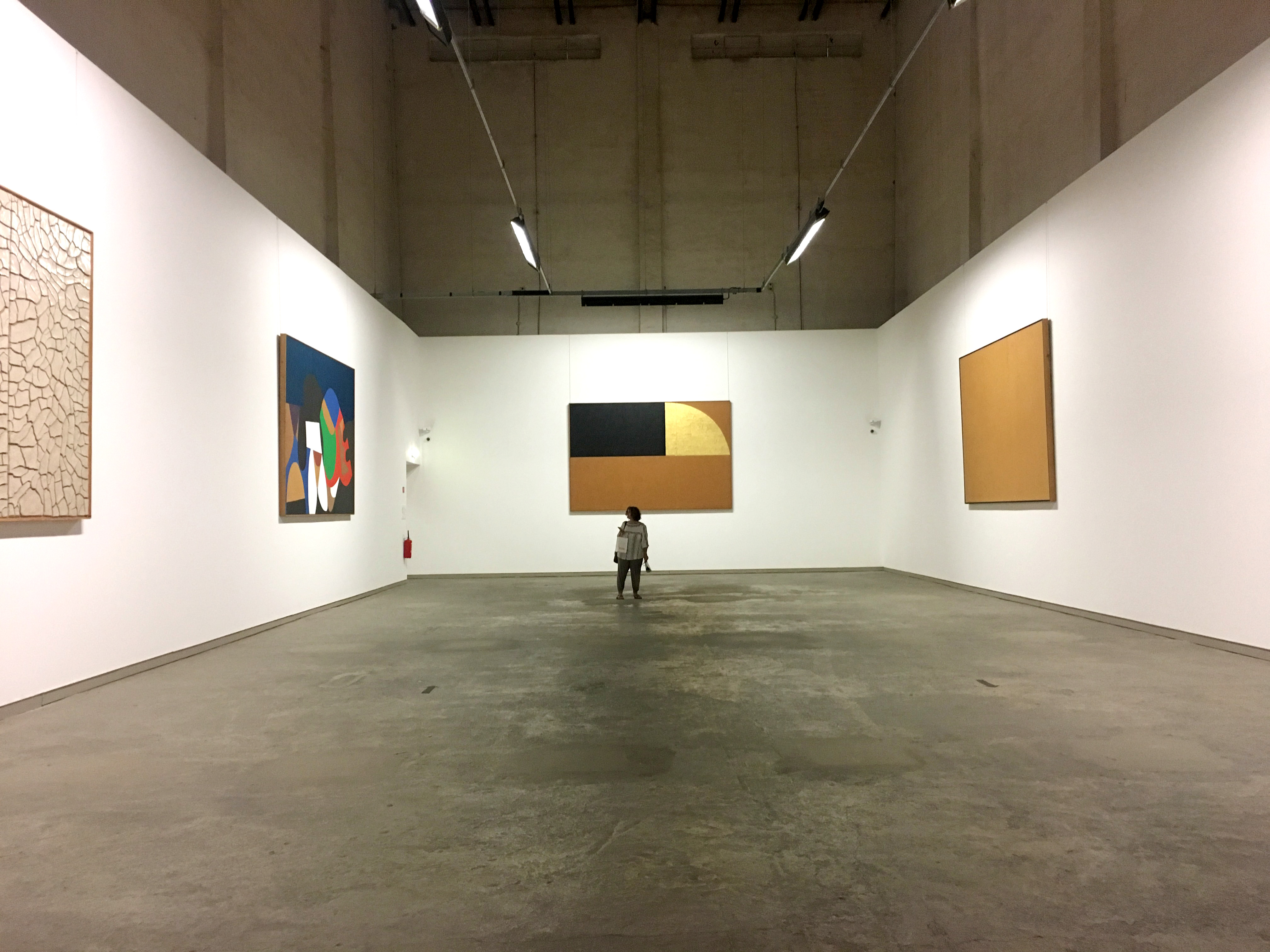
As you move through the space, the scale of the pieces seems to get larger and more striking. My mum, Victoria, gives an idea of the scale.
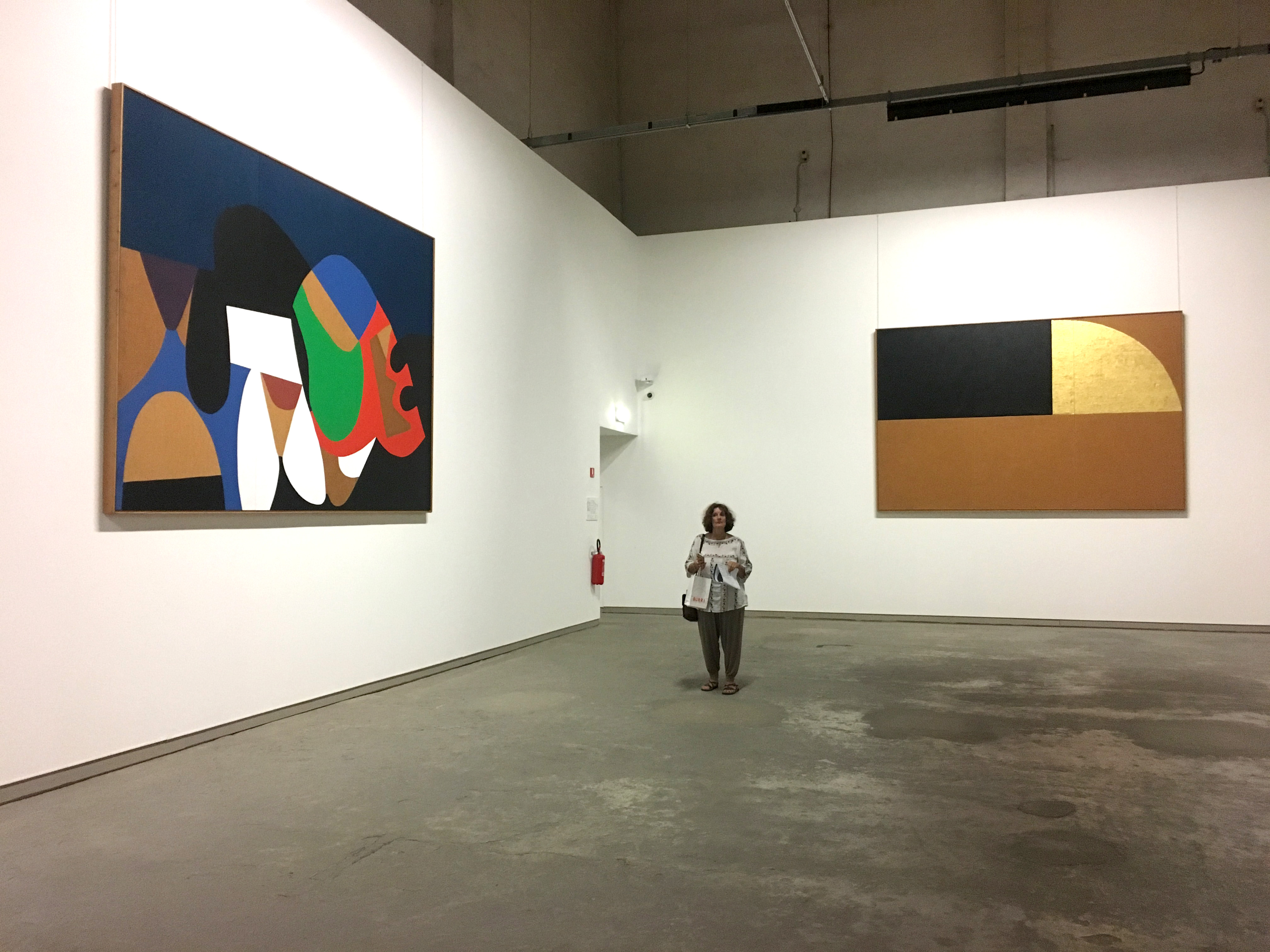
It’s difficult to get an idea of the scale without seeing the artworks in relation to people, but they are massive.
Il Viaggio, 1979 – Burri’s Colourful Phase:
The third room in the exhibition was one of my favourite spaces in the entire collection as it was chock-full of large, colourful, geometric pieces. We largely had the huge exhibition space to ourselves, which made it even more impactful.
These were some of my favourite pieces from this room…

This was probably one of Burri’s busiest pieces, but I really liked the colour combination of subtles with brights.
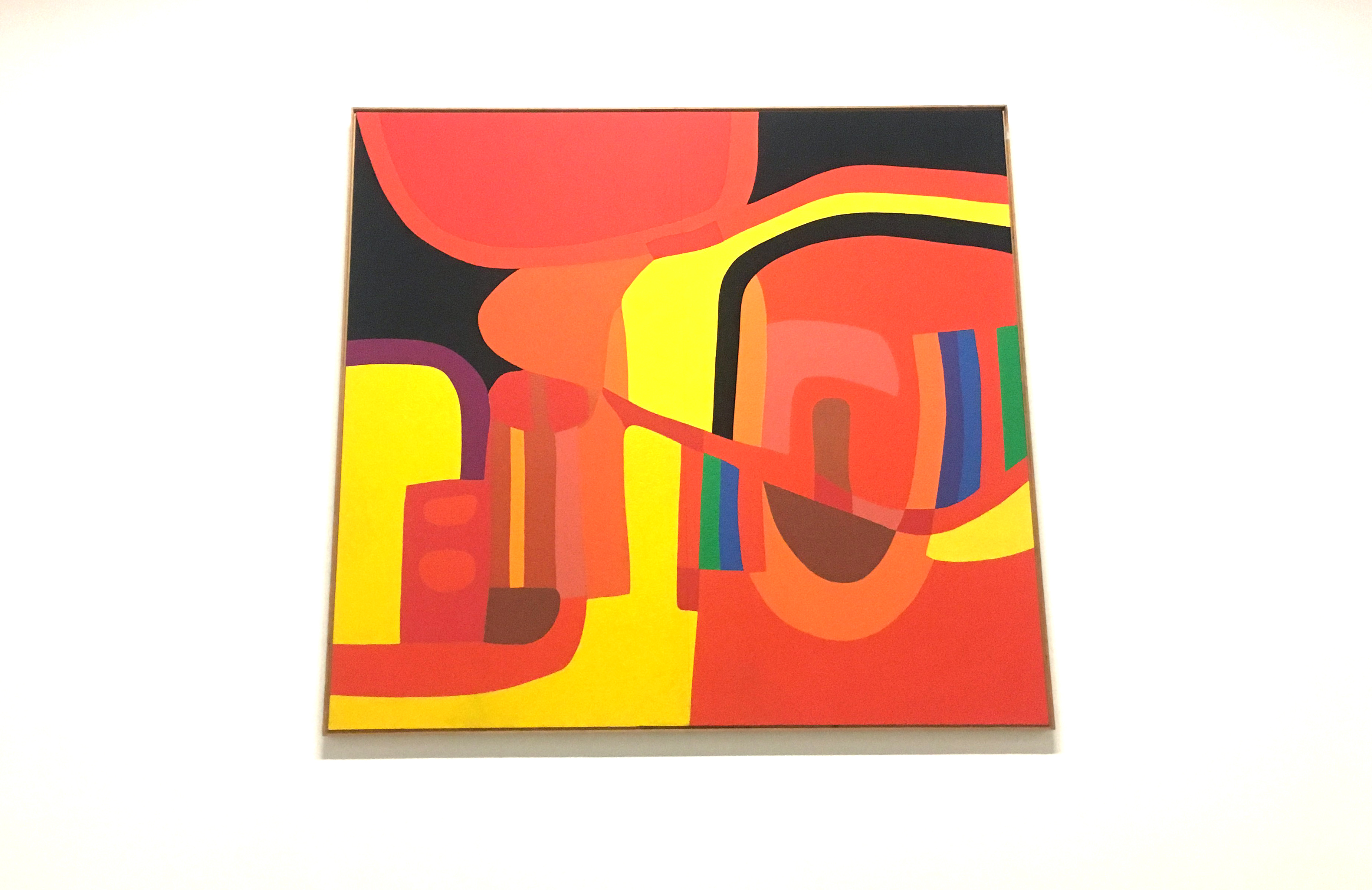
This artwork was particularly striking as it was on the end wall of the room, so was one of the first pieces that your eye was drawn to when you walked in.
Rosso e Nero, 1984 – Burri’s Red and Black Phase:
The next room focussed on one of Burri’s later collections… “Ross e Nero”. By reducing his colour palette, Burri was able to focus on creating interesting shapes.
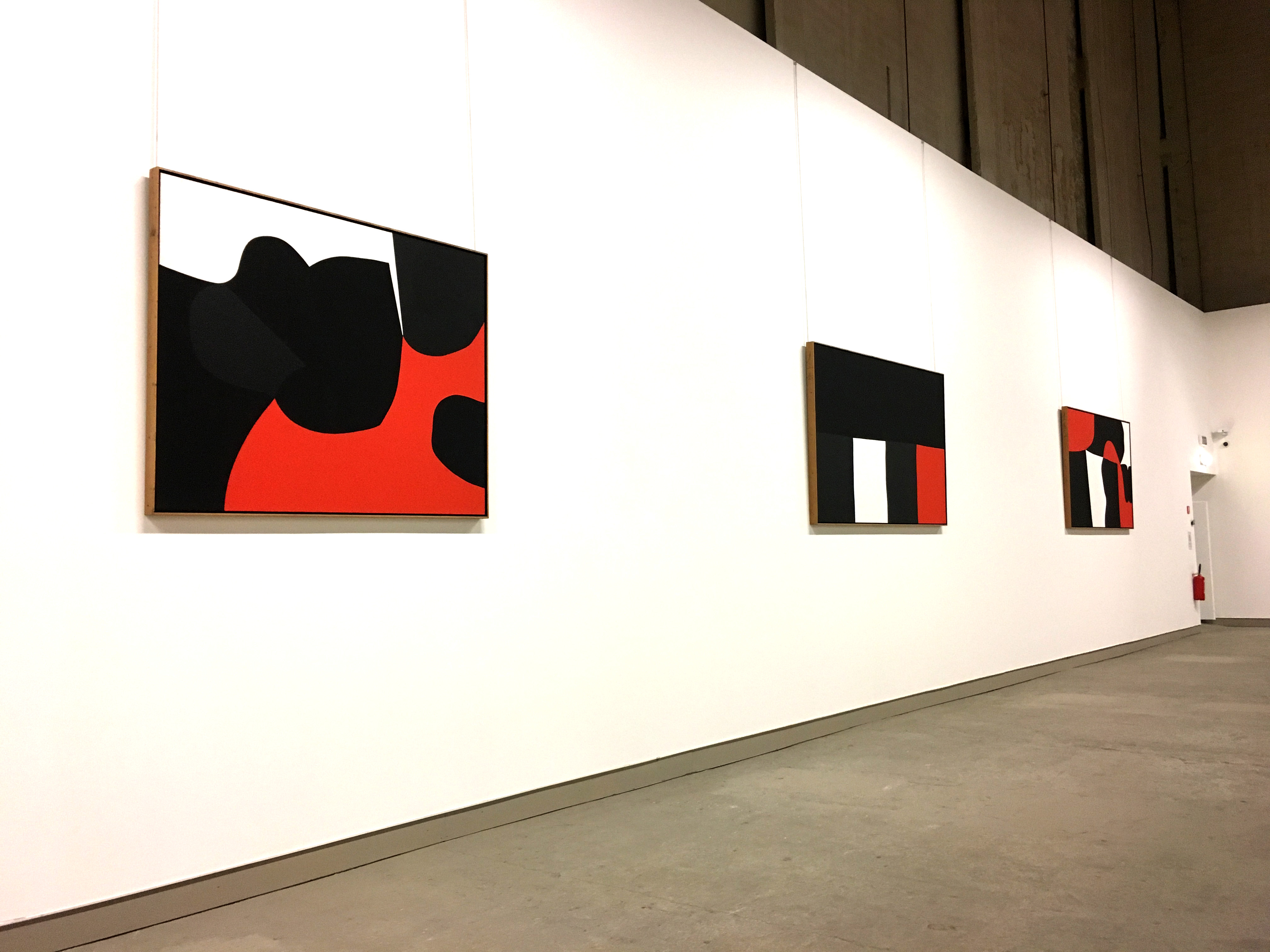
Black, red and white don’t tend to be my favourite colours but I loved seeing how Burri played around with different shapes with such a limited number of colours.
Cellotex, 1975 – 1984 – Burri’s Black and Tan Phase:
The next room we headed into was mostly made up of artworks in black and tan. Although it is difficult to see from the photos, there are lots of subtleties within the two colours, as they were created using a variety of different materials, including cork and varnished cork.

Not only did I love the artworks themselves, but also the industrial nature of the space, which really showed off the art to best effect.
Annottarsi, 1985 – 1987 and Non Ama il Nero, 1988 – Burri’s Monochromatic Phases:
Burri was always pushing the boundaries of what could be done in art, which led to his superb monochromatic phases. I’m a lover of colour through and through but there was something so beautiful about how simple these pieces were and how well they worked together as a set.
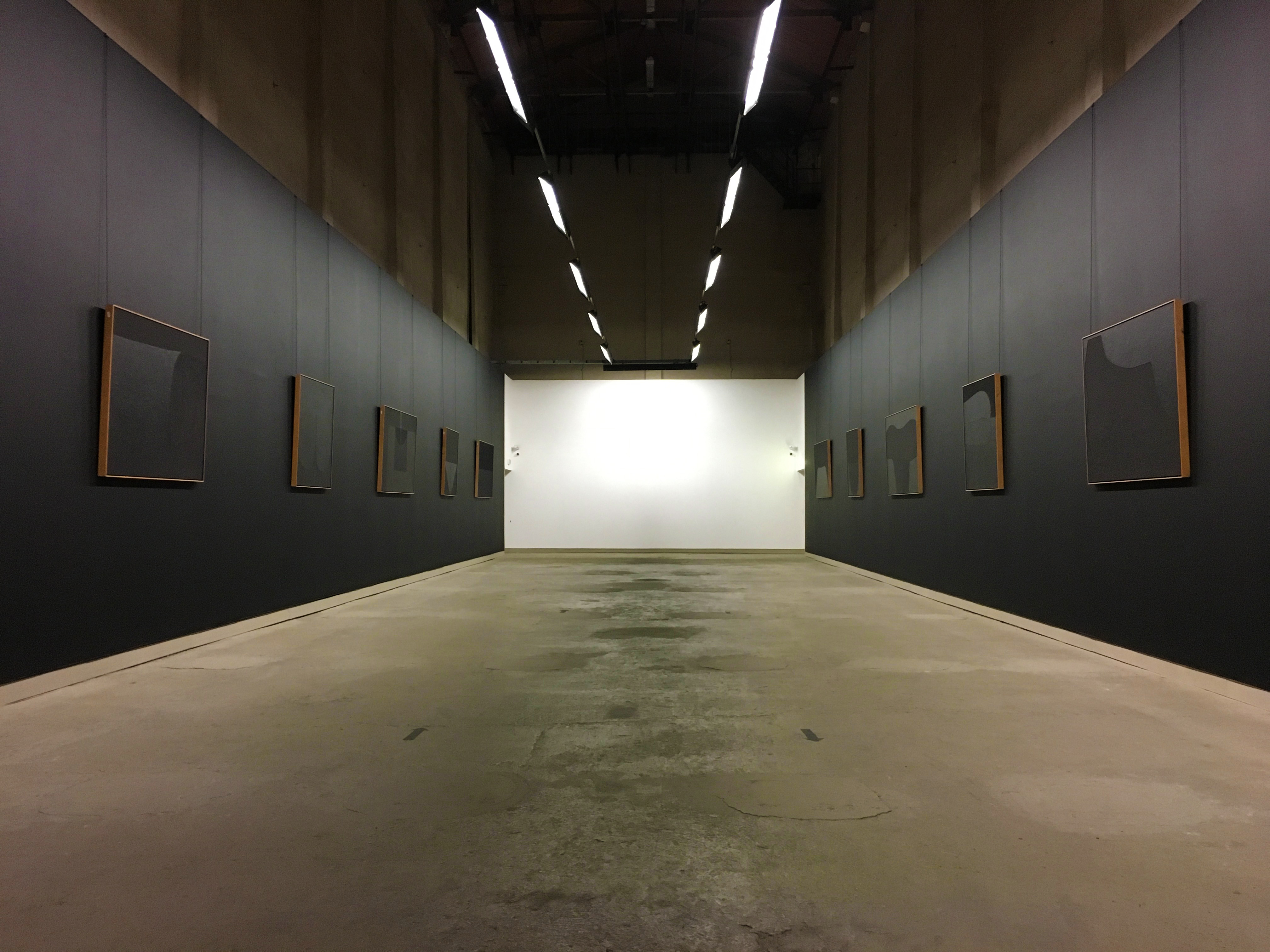
I would never have thought to display black paintings on a black wall, but it was certainly atmospheric.
Metamorfotex, 1991 – The Largest Artwork in the Collection:
Pretty much all of Burri’s artworks are on a scale that very few artists would feel confident filling, but this particular piece was on an even larger scale (it spanned the width of the tobacco factory). I love the way that you can read it from left to right and it almost tells a story.
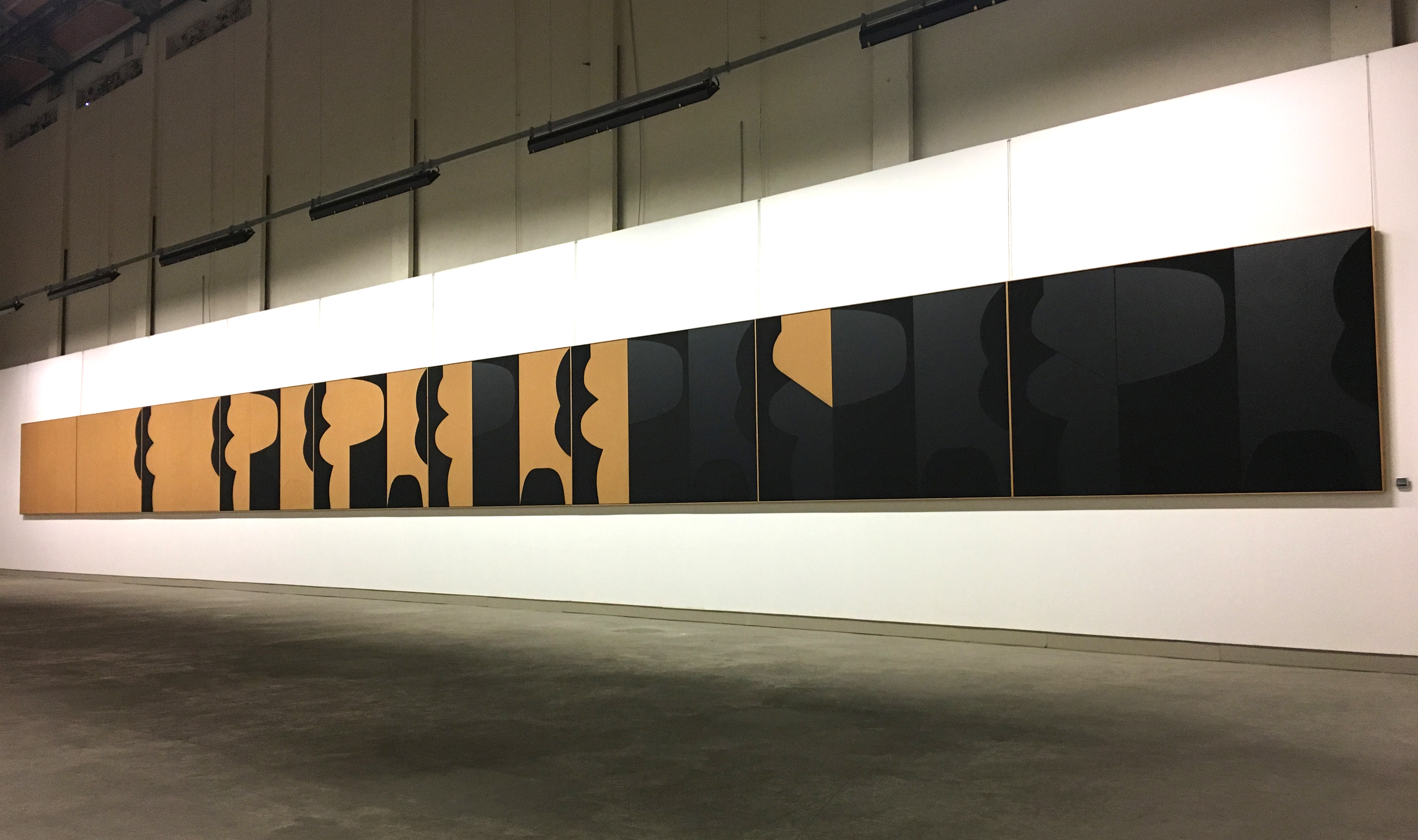
Although most of the pieces in the exhibition are large, this one was incredibly large and striking.
Il Nero e L’Oro, 1992 – 1993 – Burri’s Black and Gold Phase:
The next room had a series of black and gold pieces in, which once again highlighted the importance of shape and line. These were much less smooth and flowing than Burri’s earlier pieces, but were fascinating in helping us to understand what we like aesthetically in terms of balance.
Burri’s Prints:
After going through the entire top floor of the Tobacco Factory, we realised that there was an equally large lower floor full of Burri’s prints and a media centre. Here are some of my highlights from the vast collection of prints…
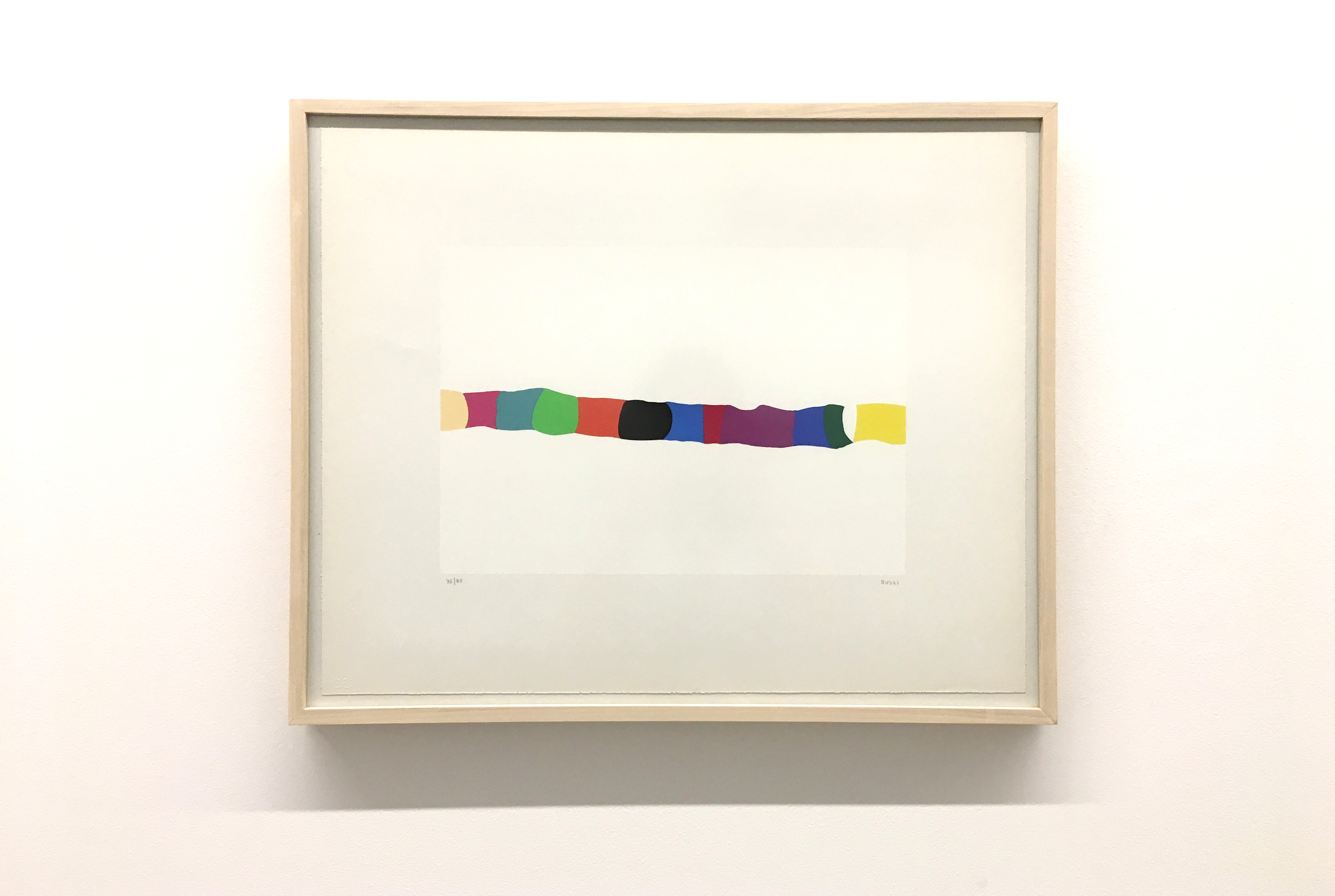
Not very highbrow, but this reminded me of the hungry caterpillar for some strange reason, which made me happy.
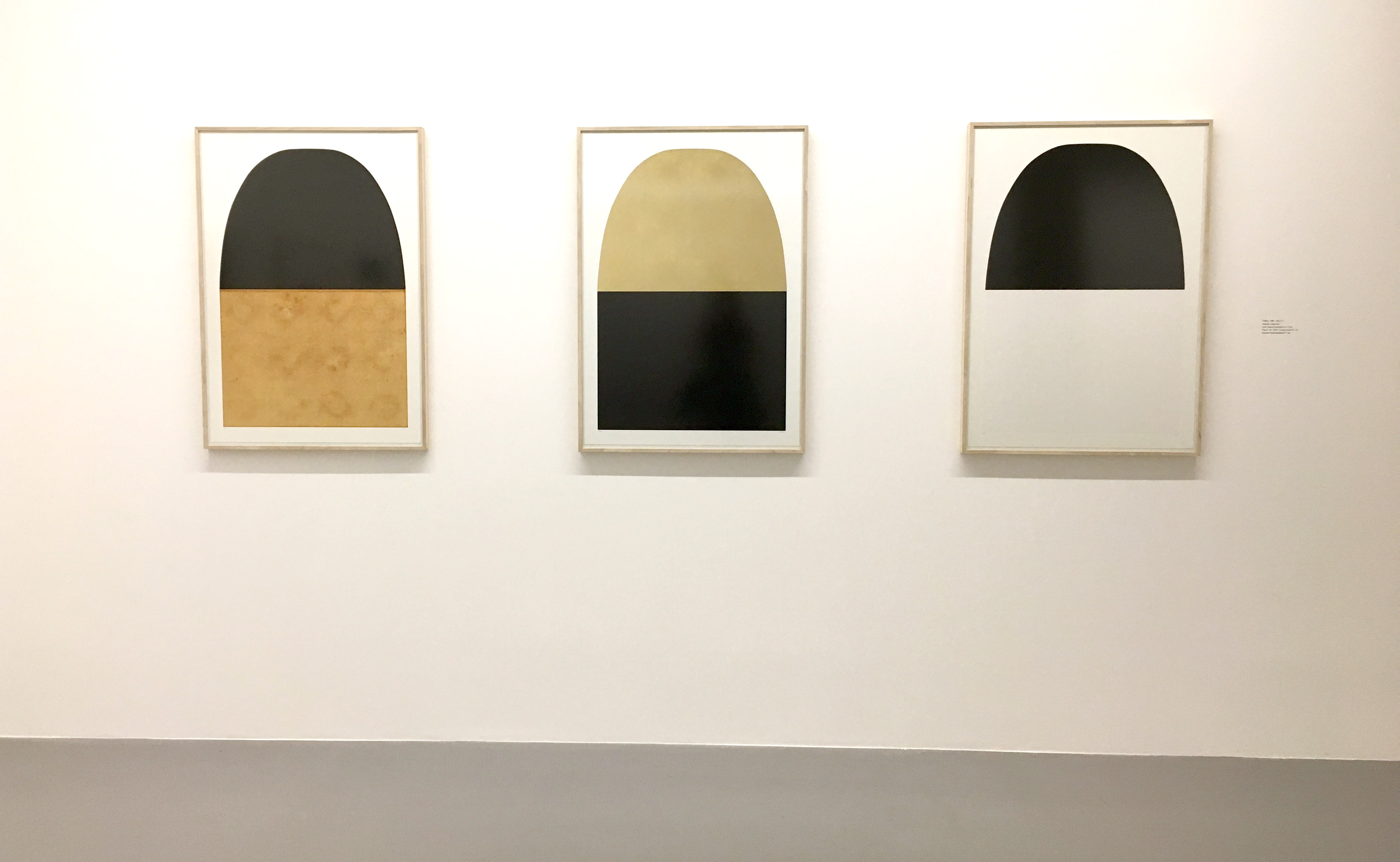
I thought these particular artworks look superb together. I would quite happily display all three in my flat, and in fact bought a poster quite similar from the gift shop.
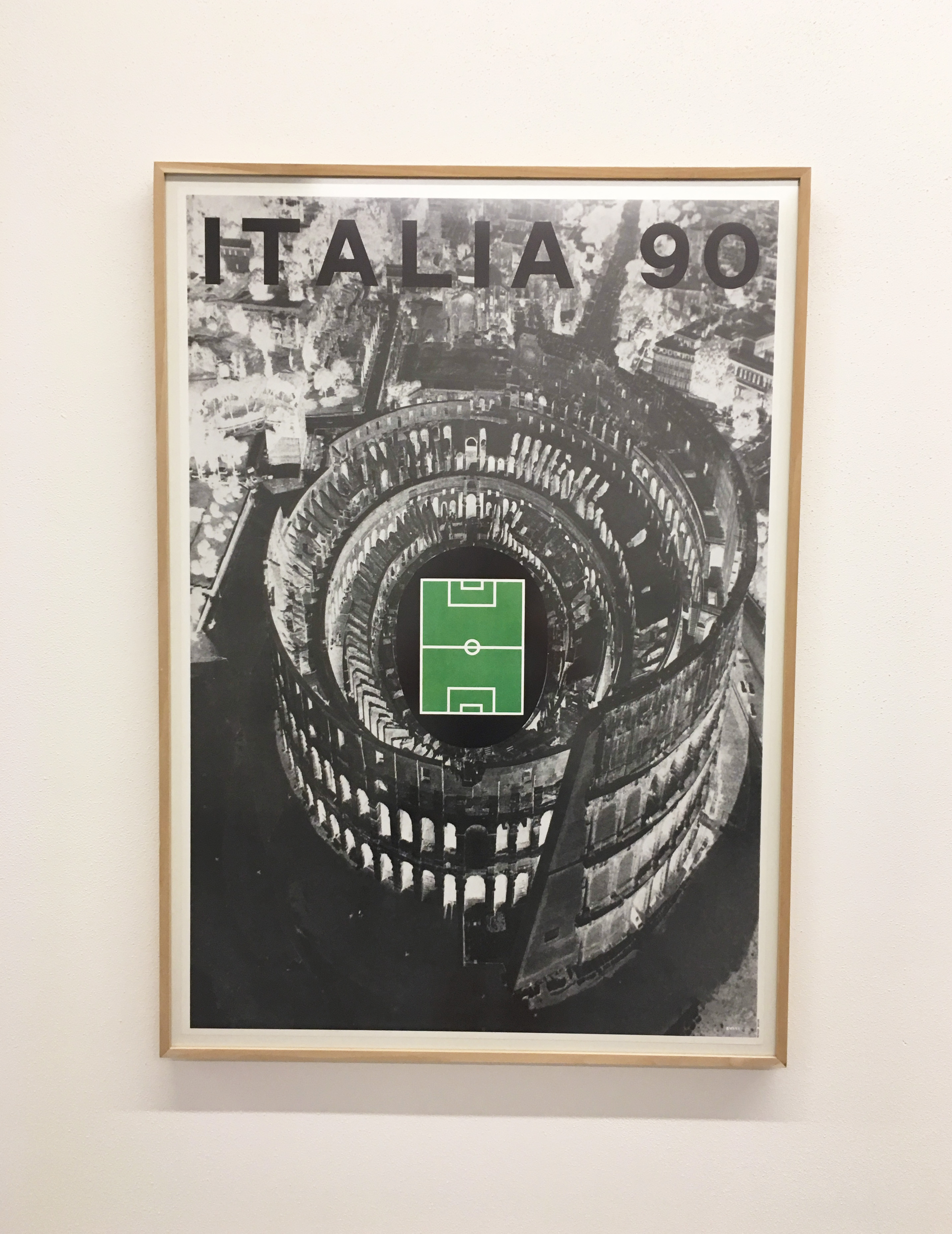
This poster was designed by Burri for the 1990 Football World Cup, which seems quite poignant given the time of year that I’m writing this post.
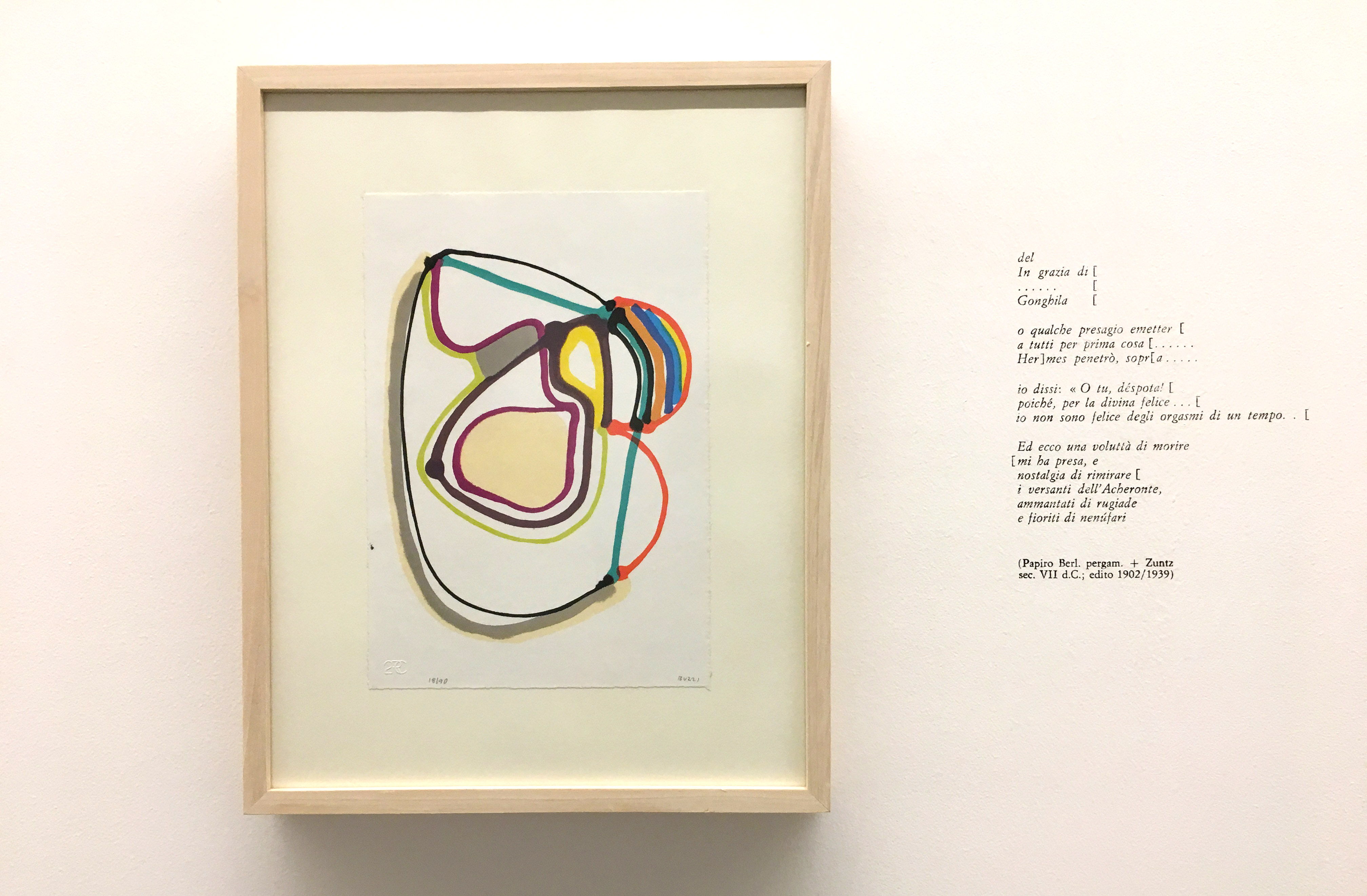
Sometimes it’s quite hard to put your finger on what it is that you like about a particular painting, but this one appealed to me for some reason.
Right, so that was a very brief introduction to Italian artist, Alberto Burri. I hope you found the artworks interesting and keep your eyes peeled for future rugs based on his works 🙂
Connect with Ragged Life:
If you liked this blog post, why not sign up for our newsletter here or follow Ragged Life on Facebook here.
Happy Rag Rugging!
Elspeth x
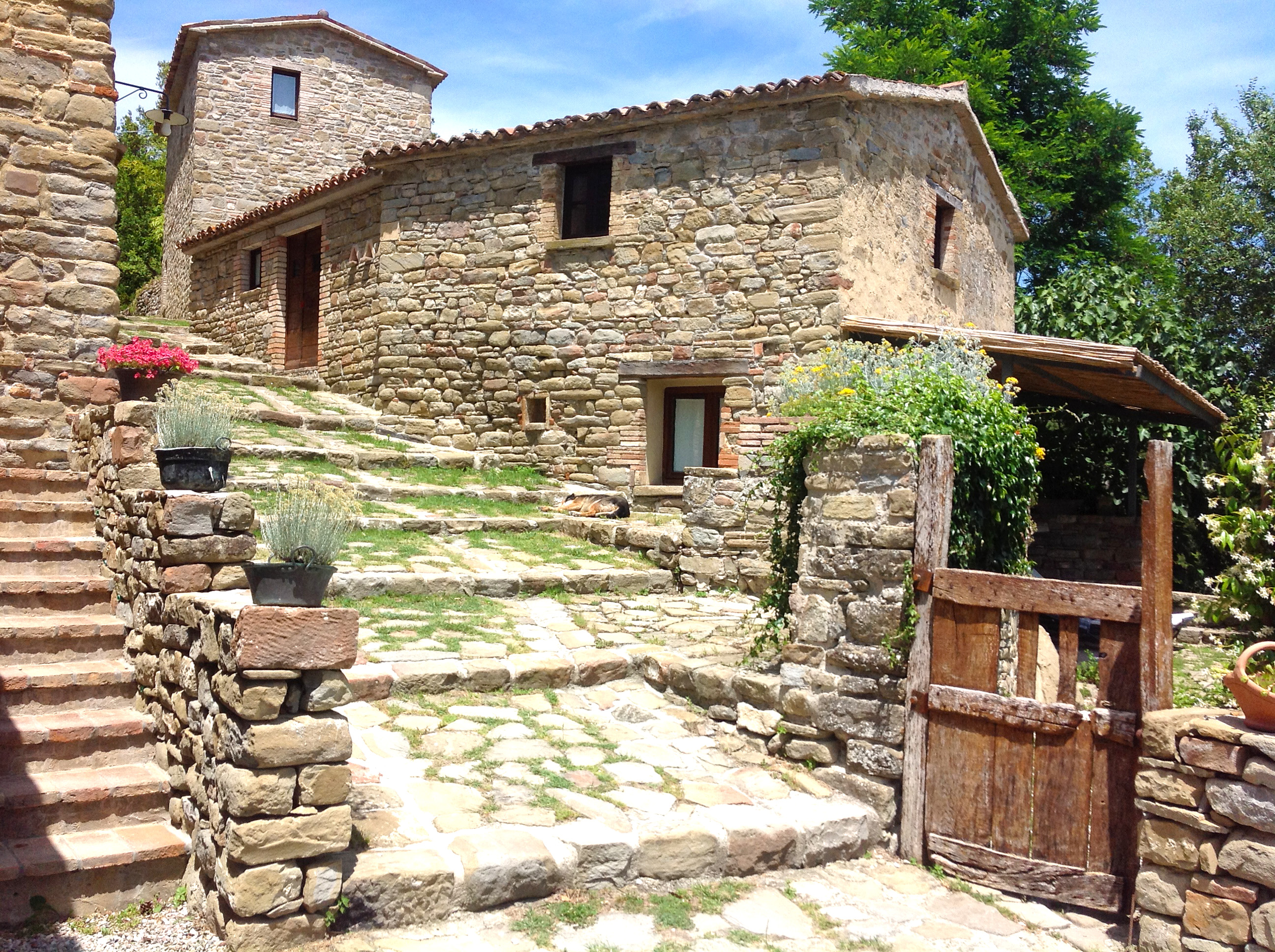
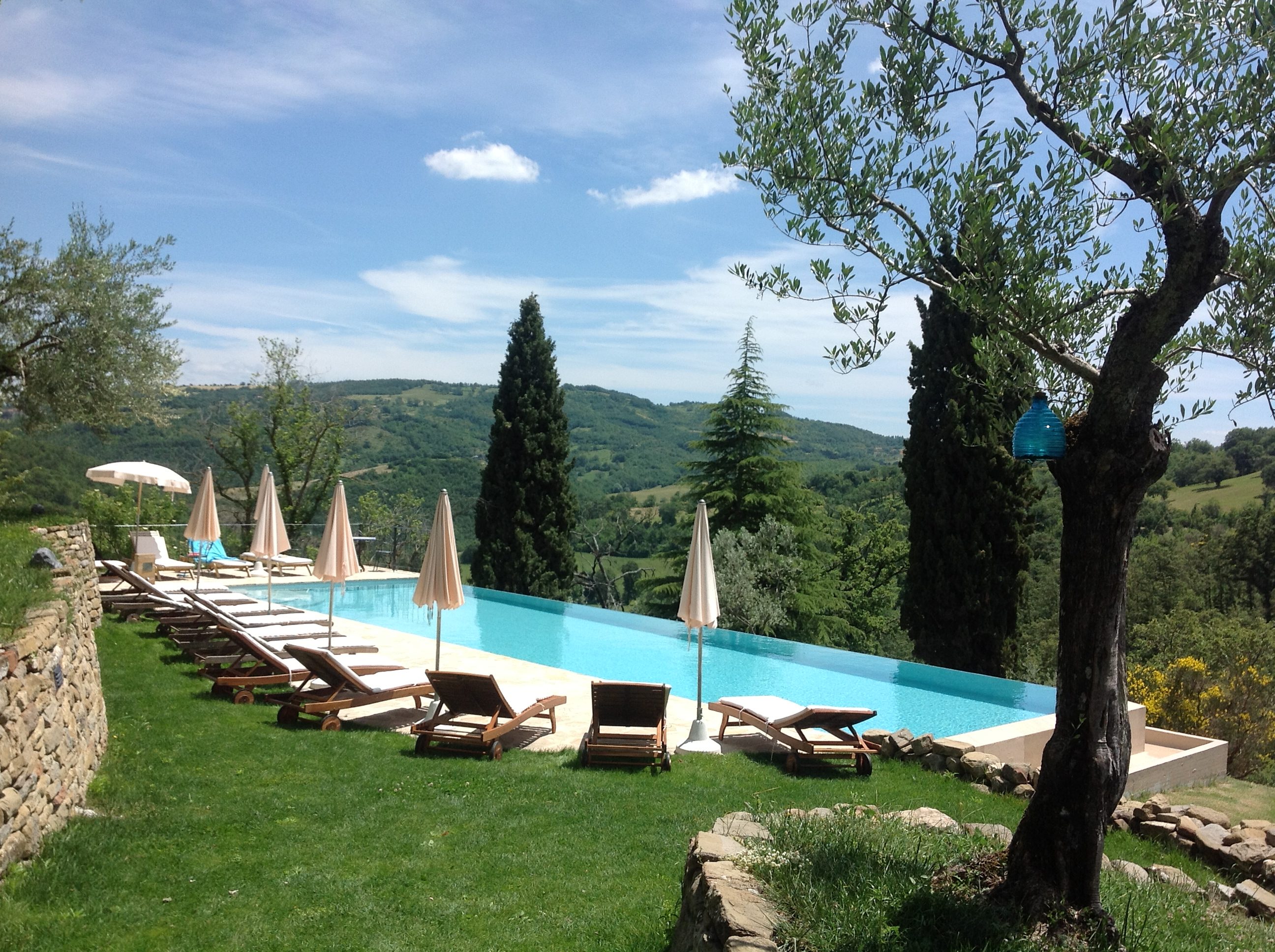
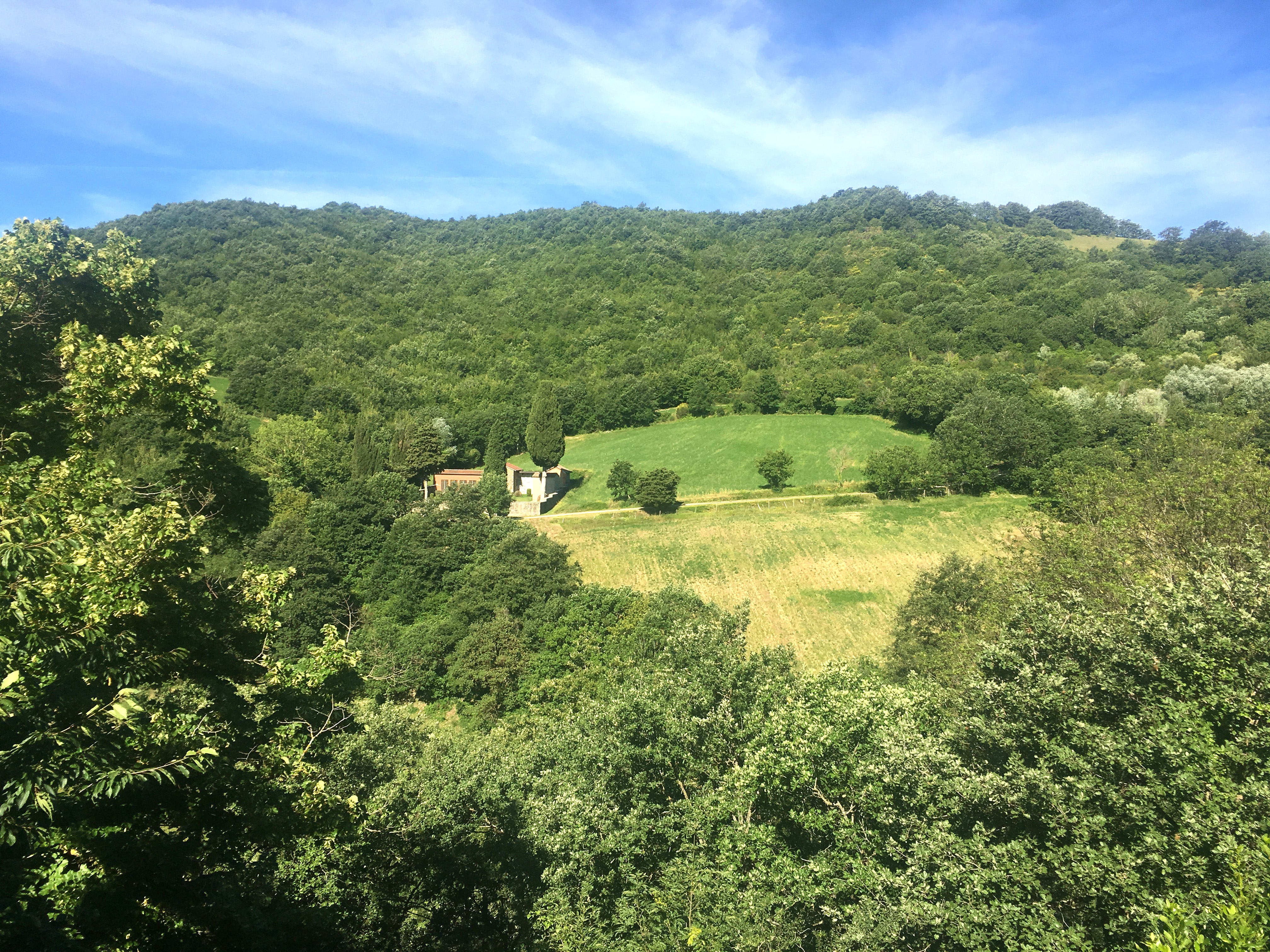
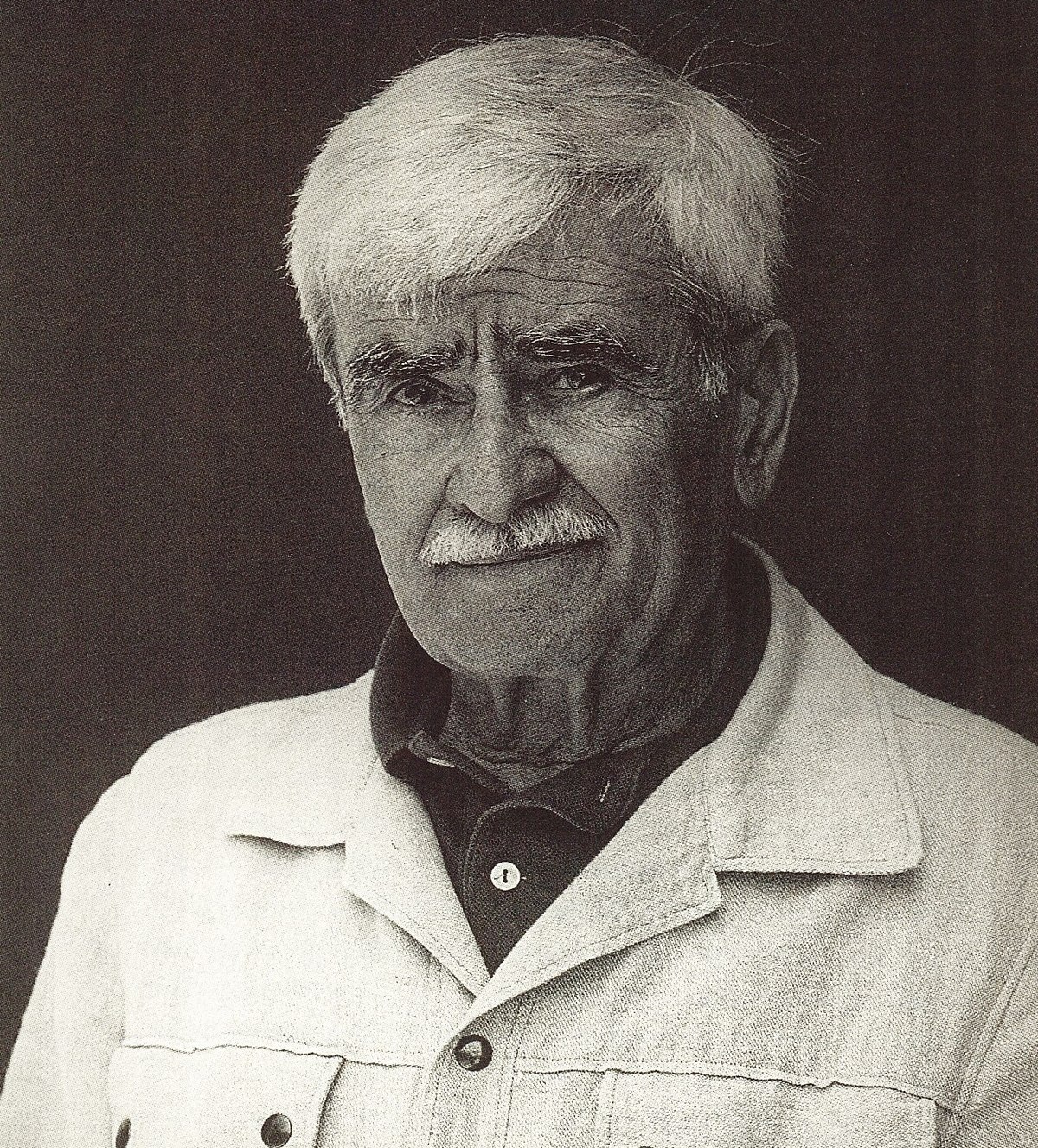
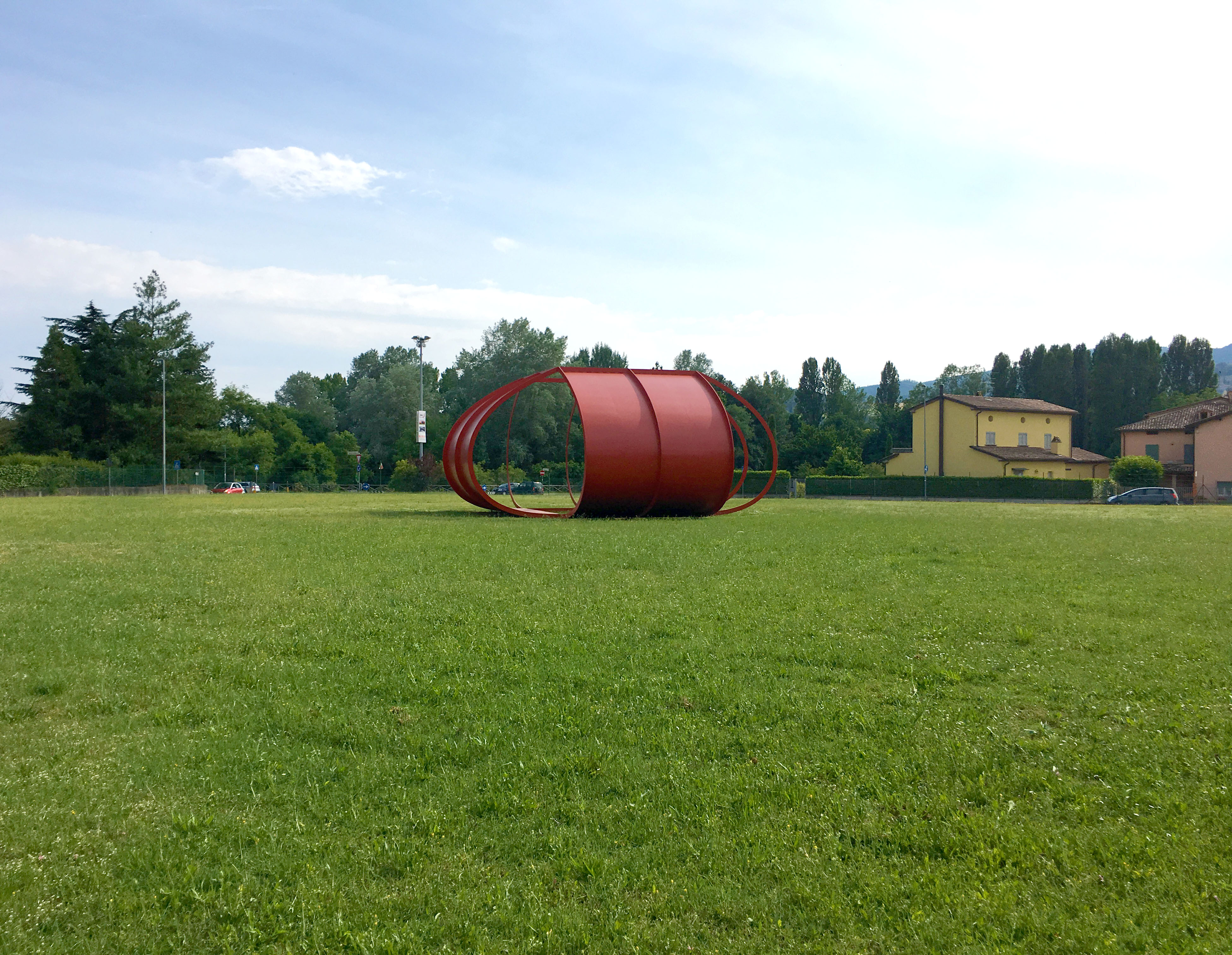
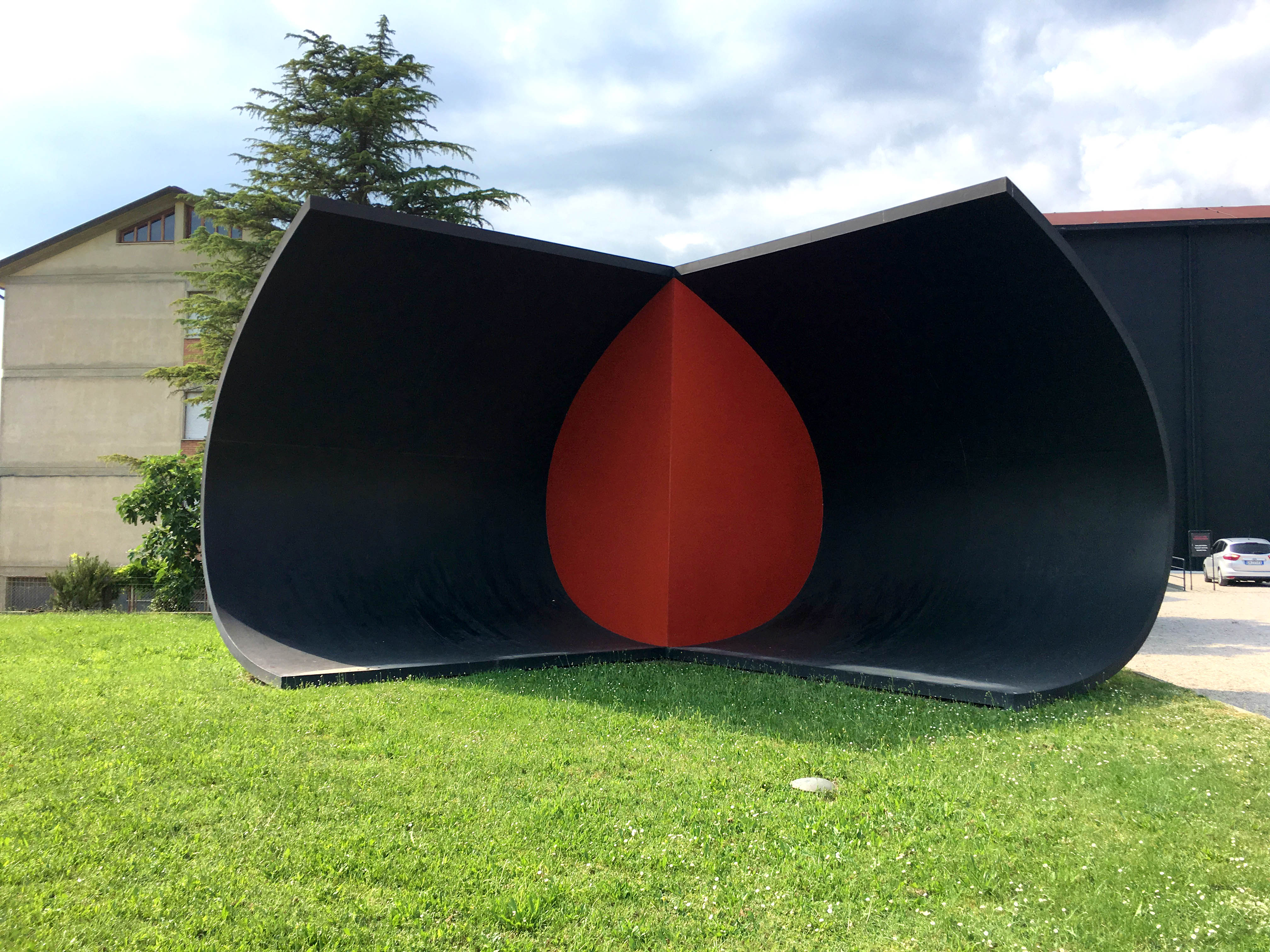
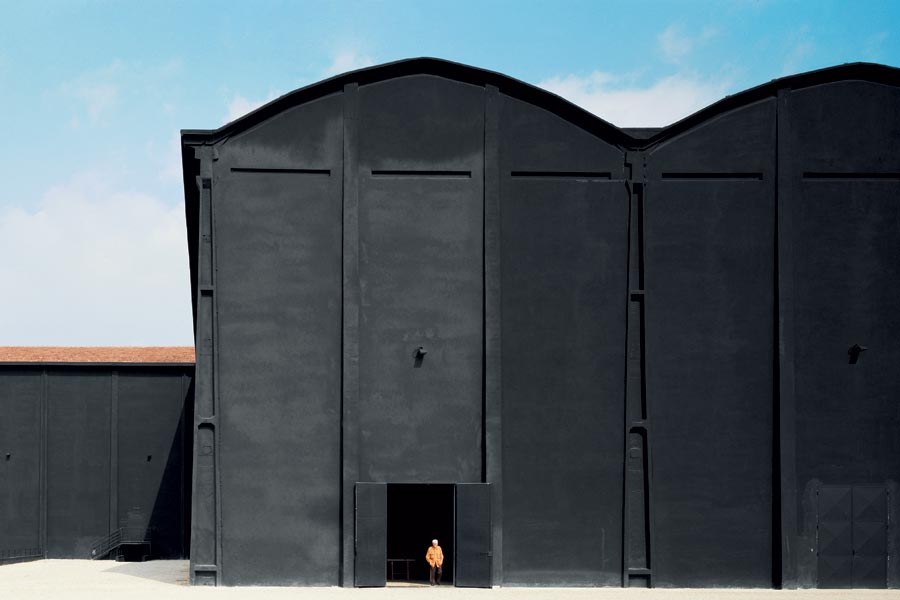
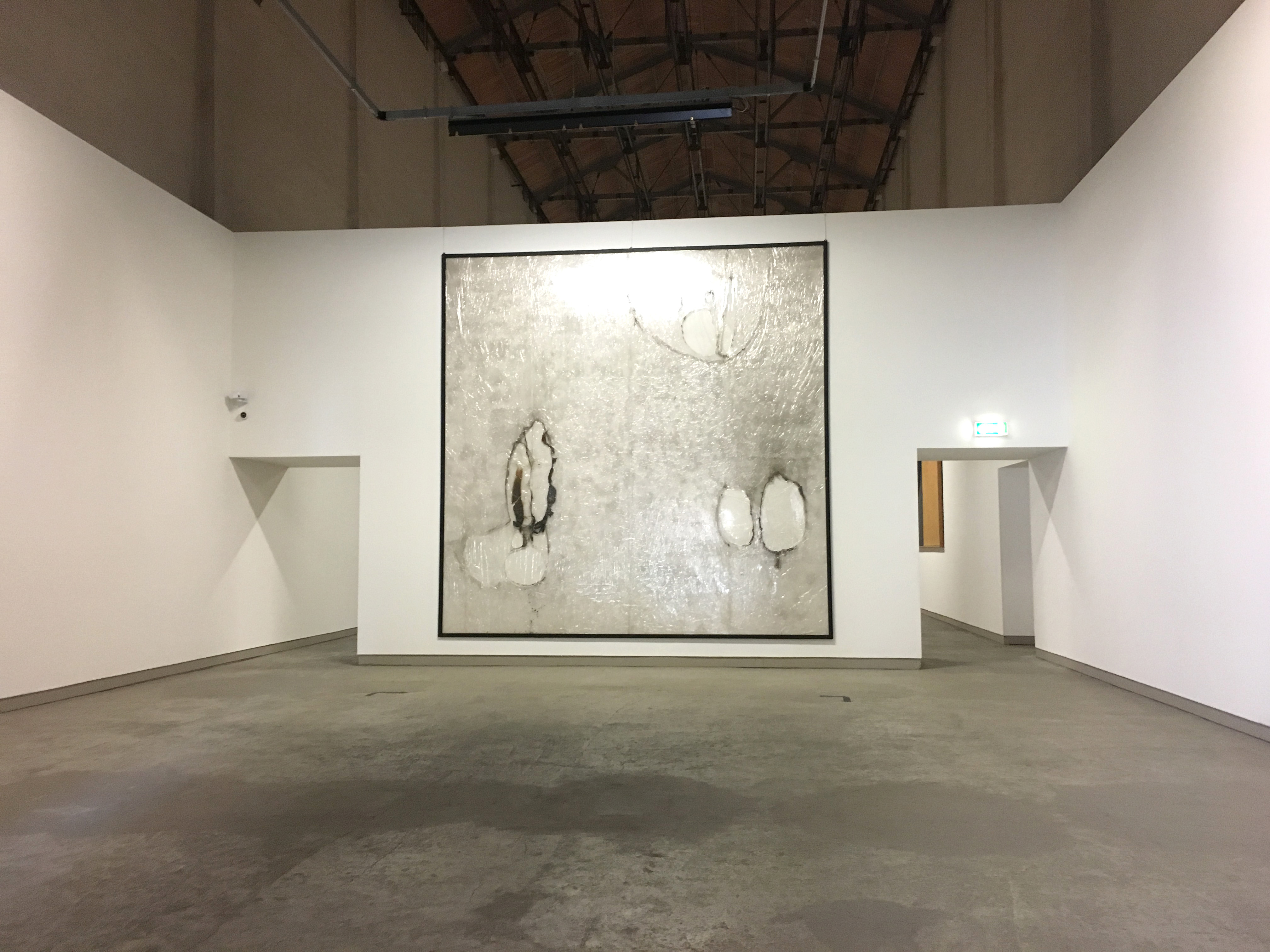
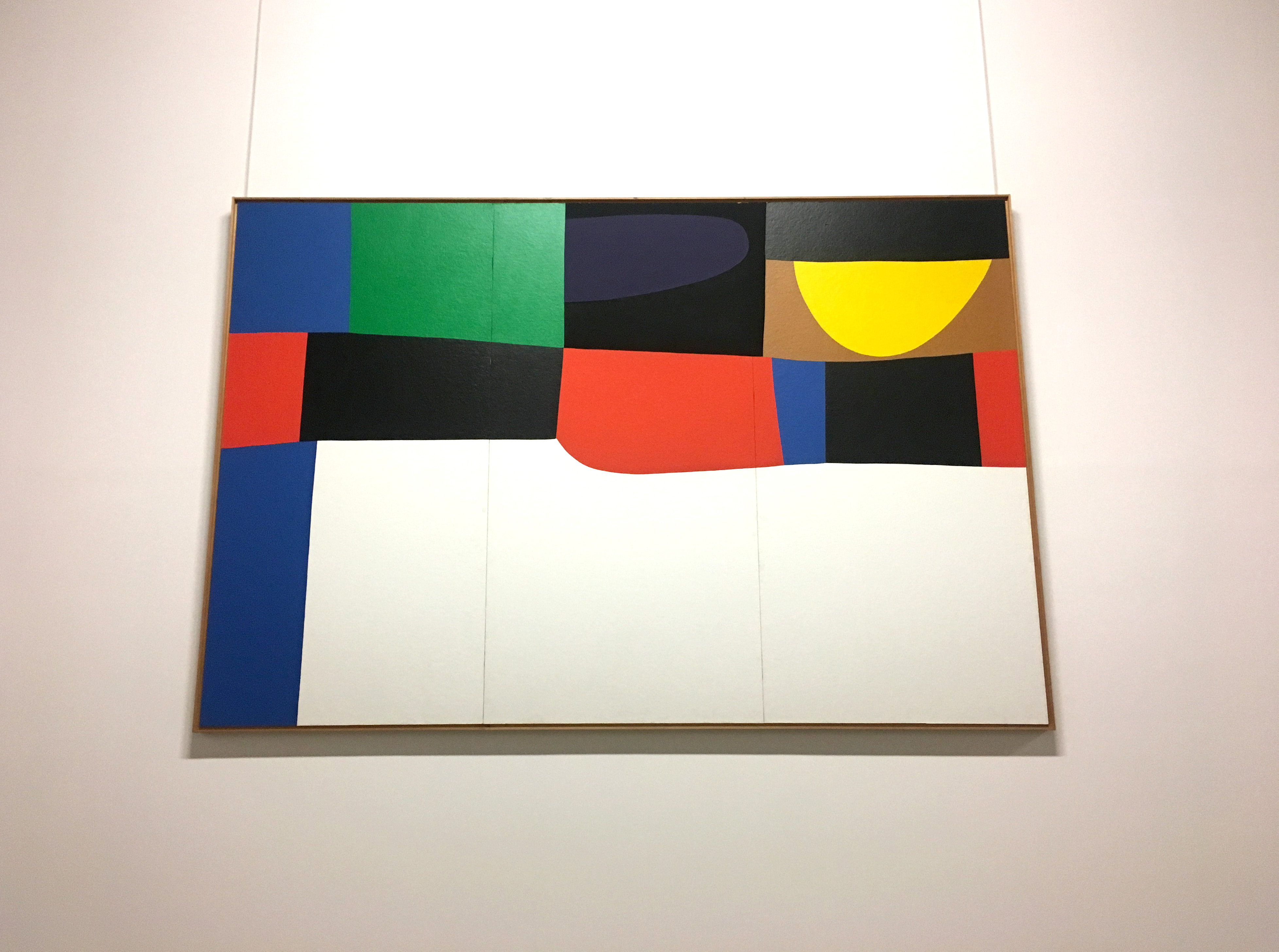
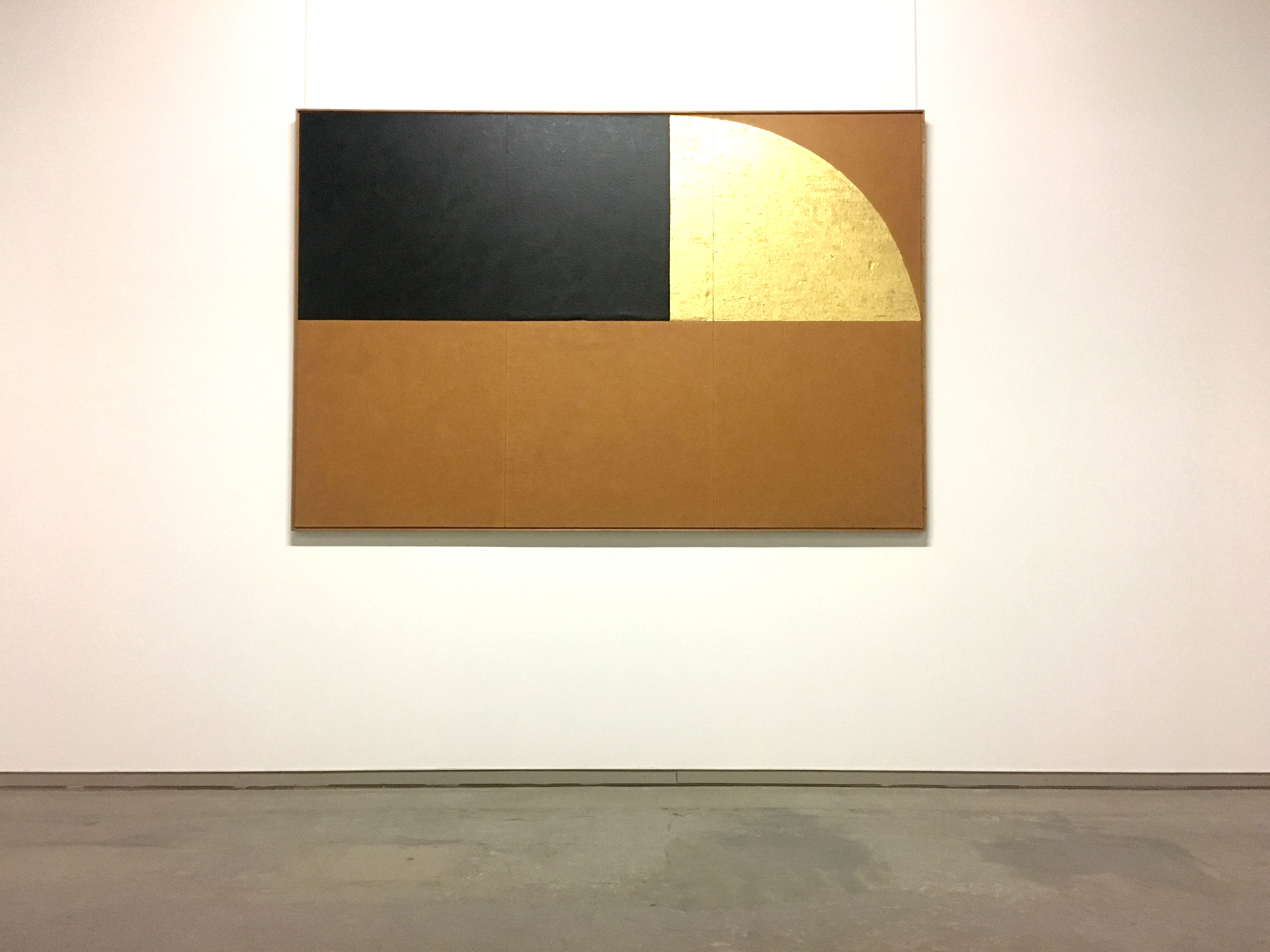

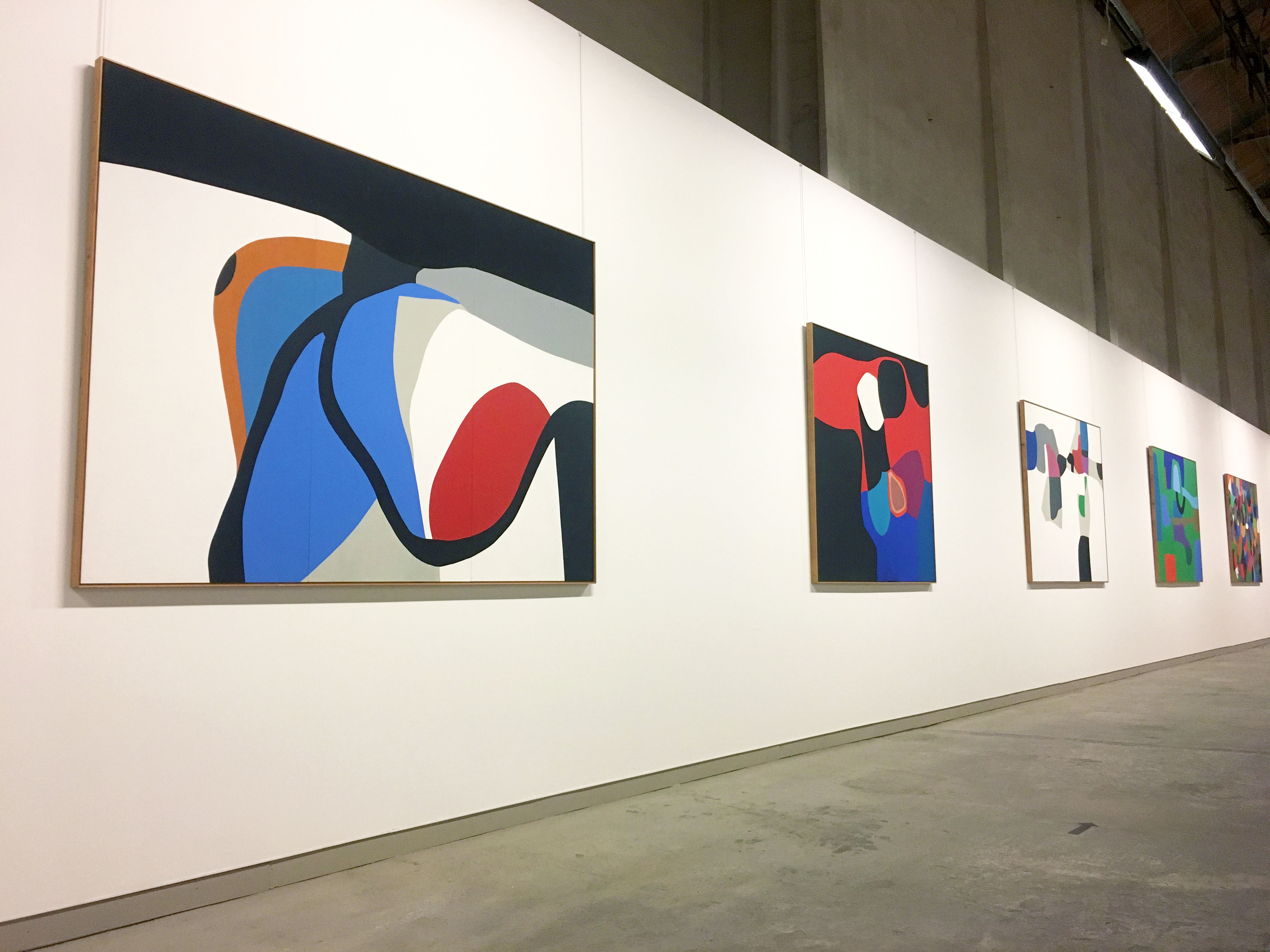
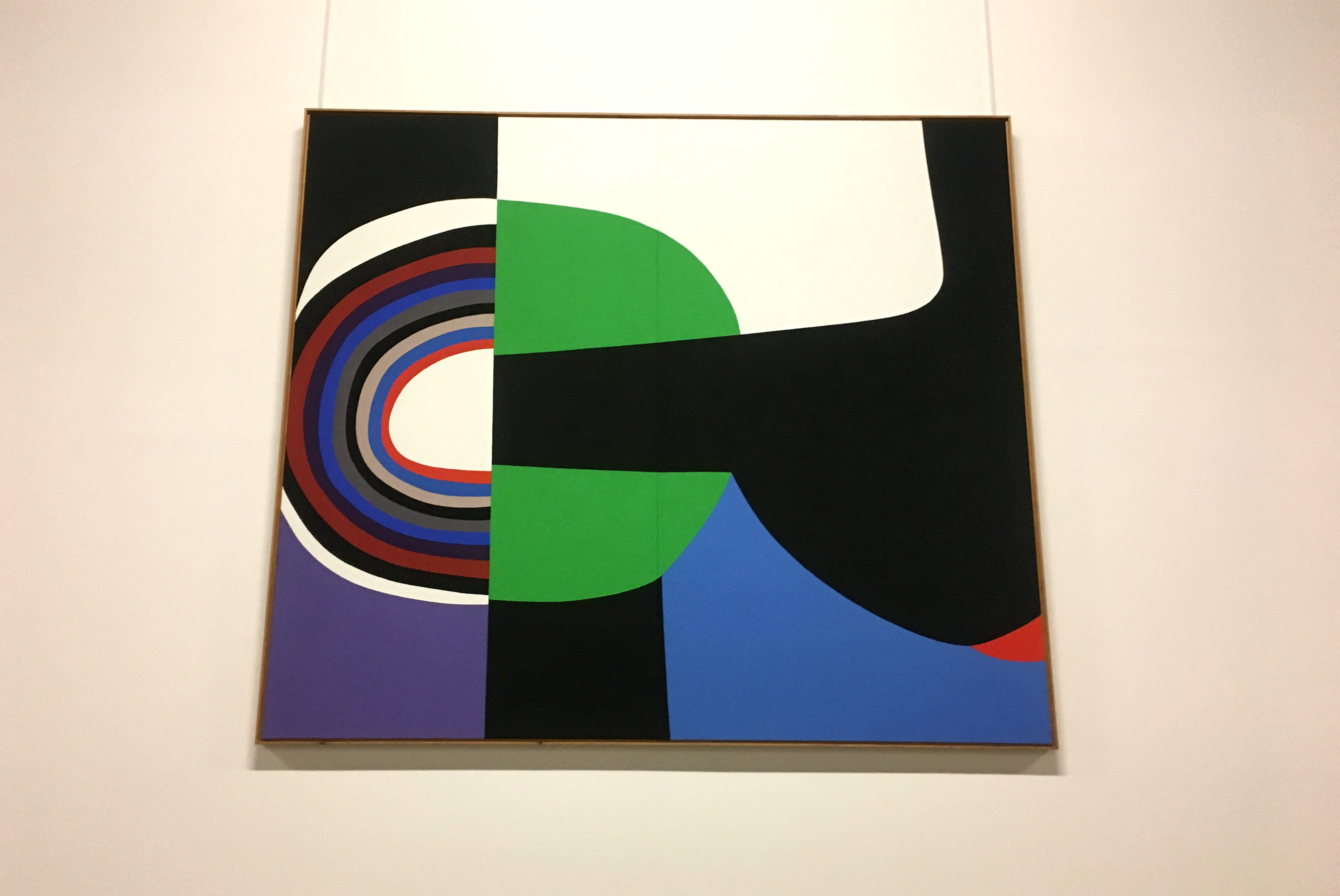
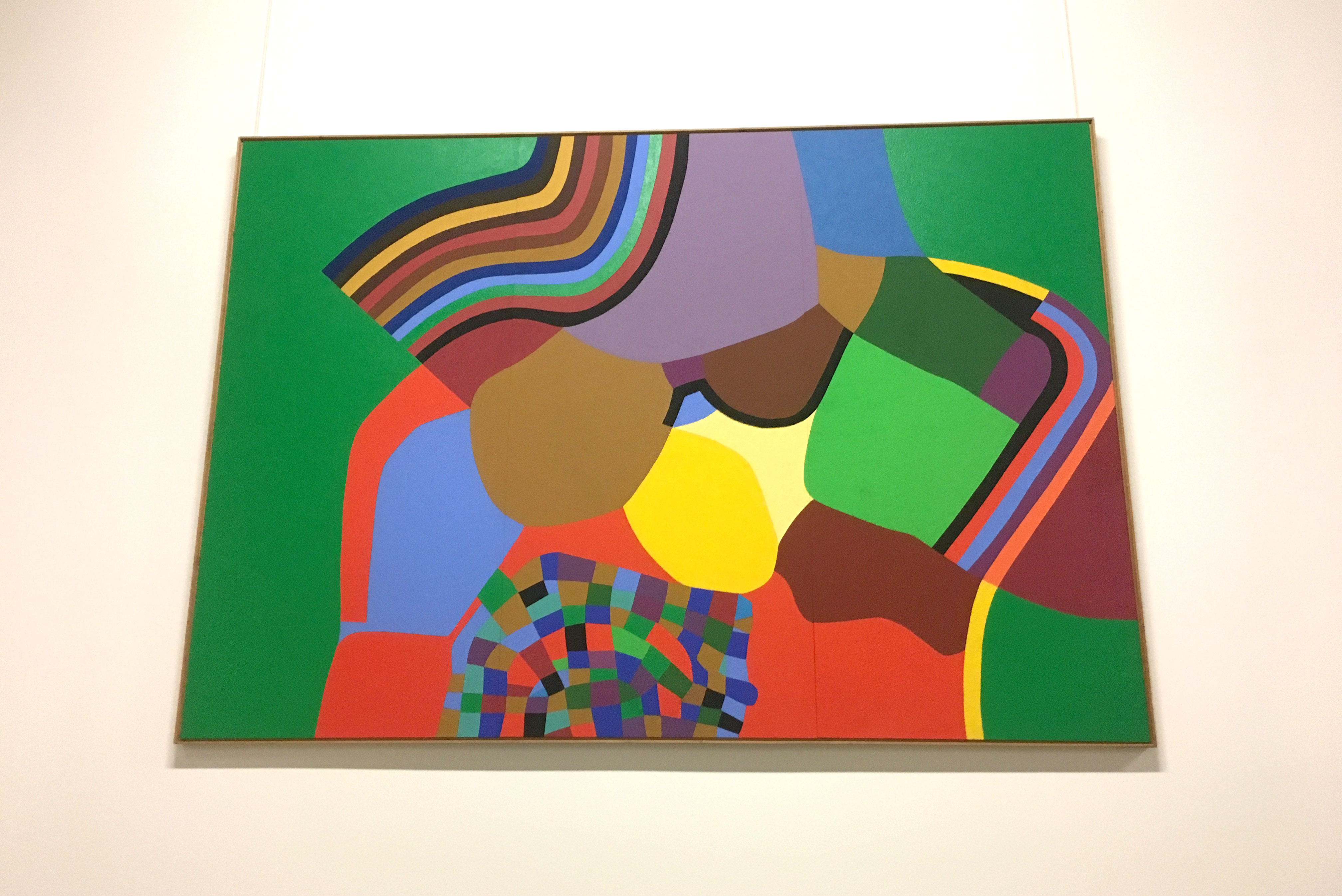
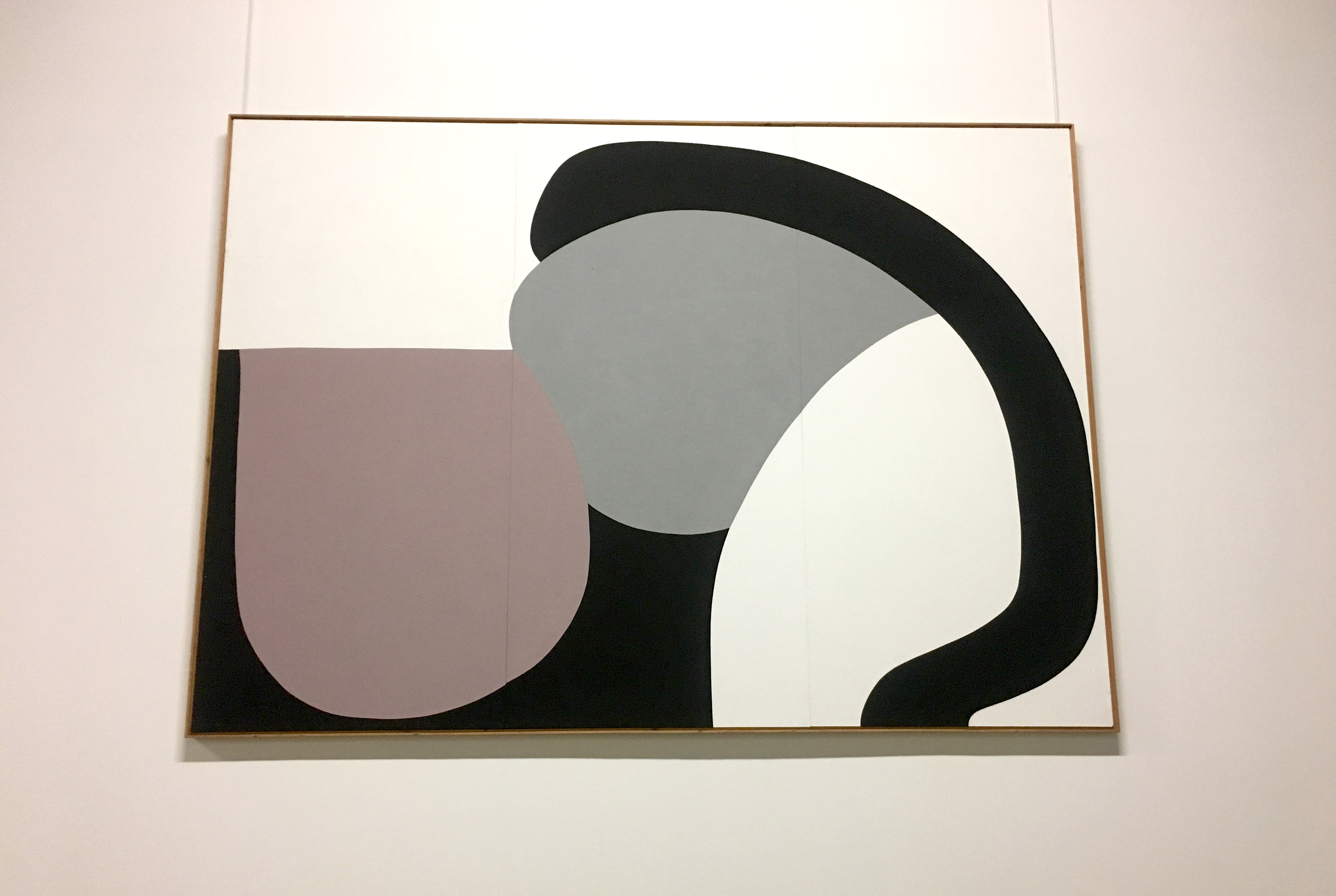
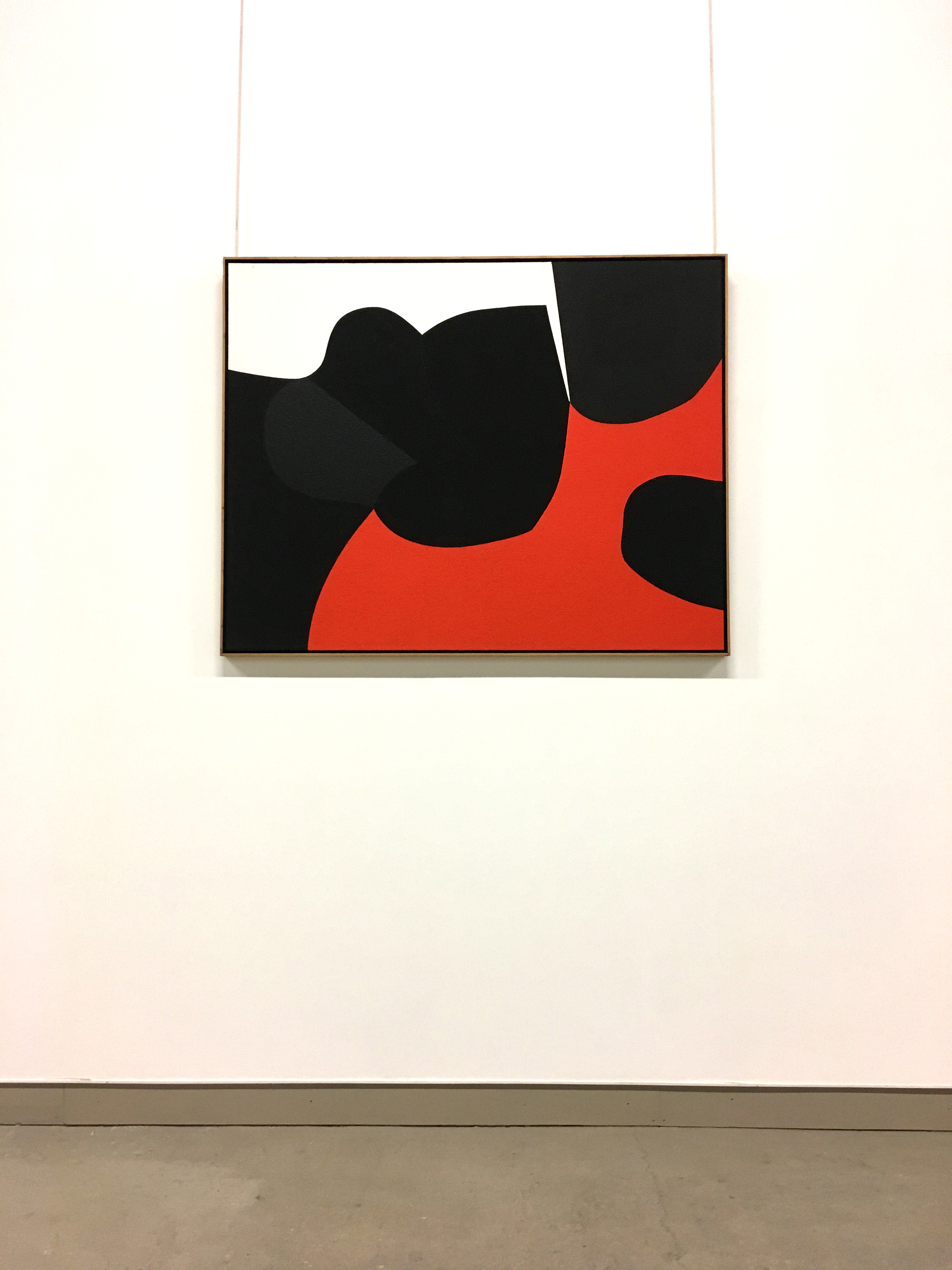
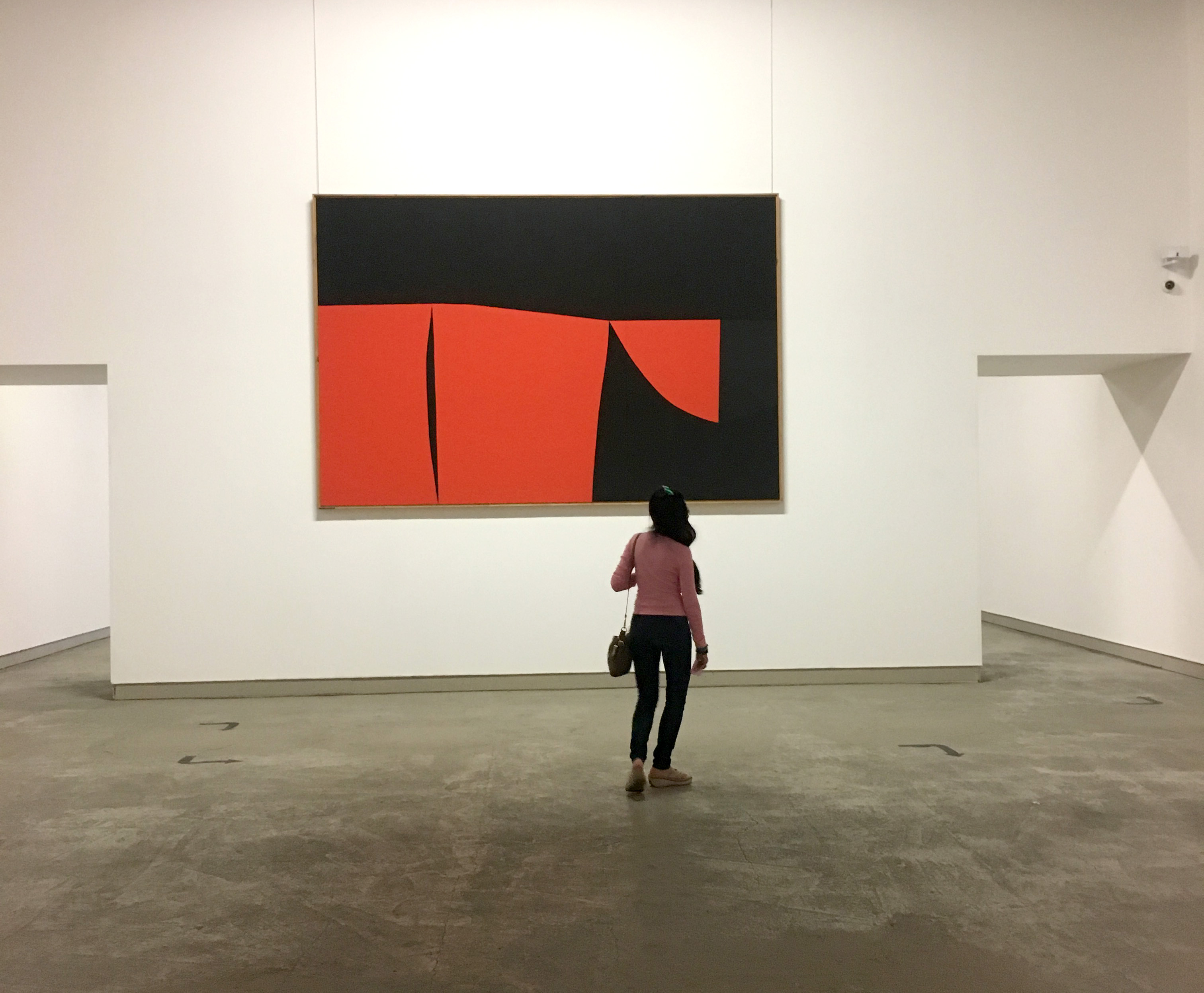
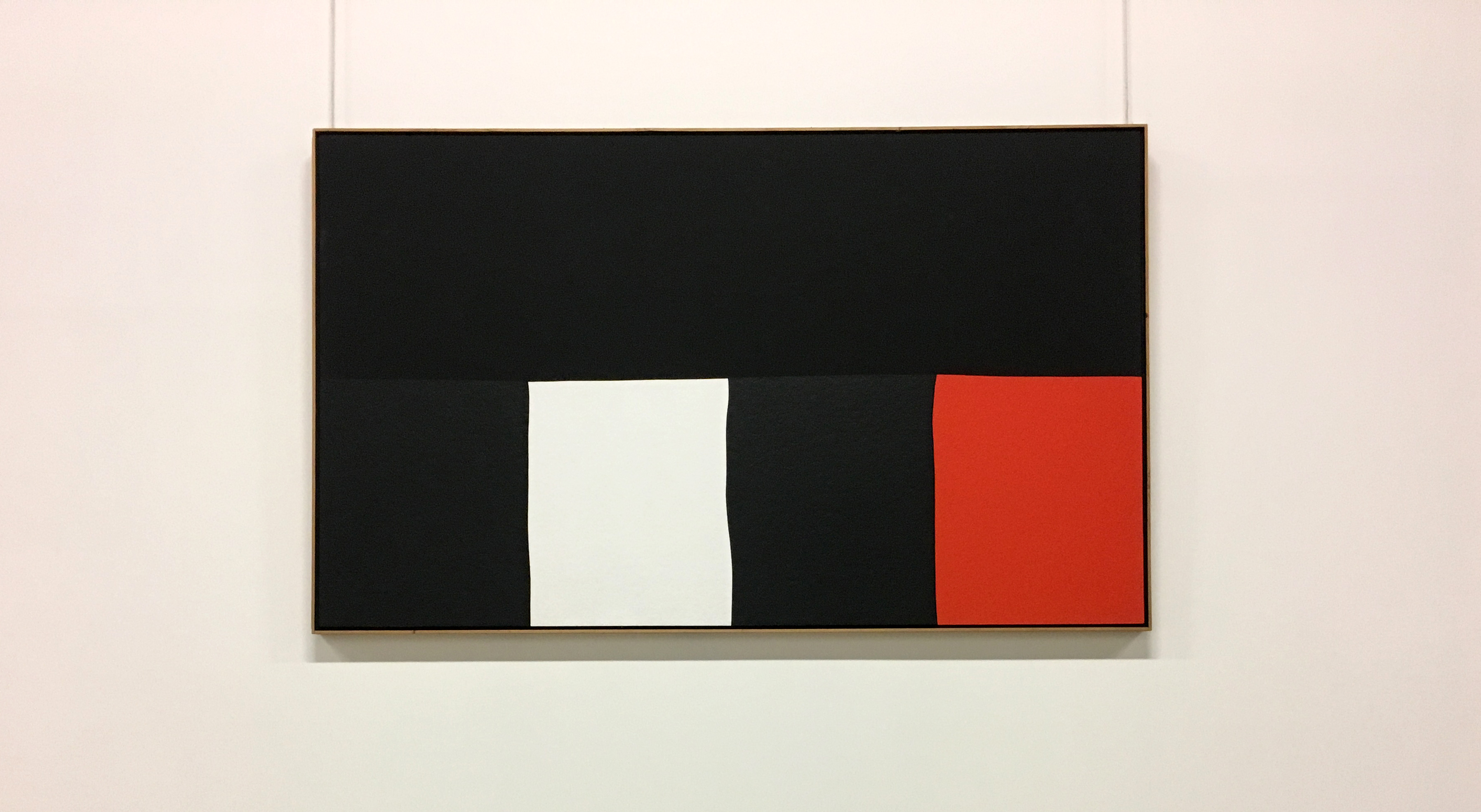
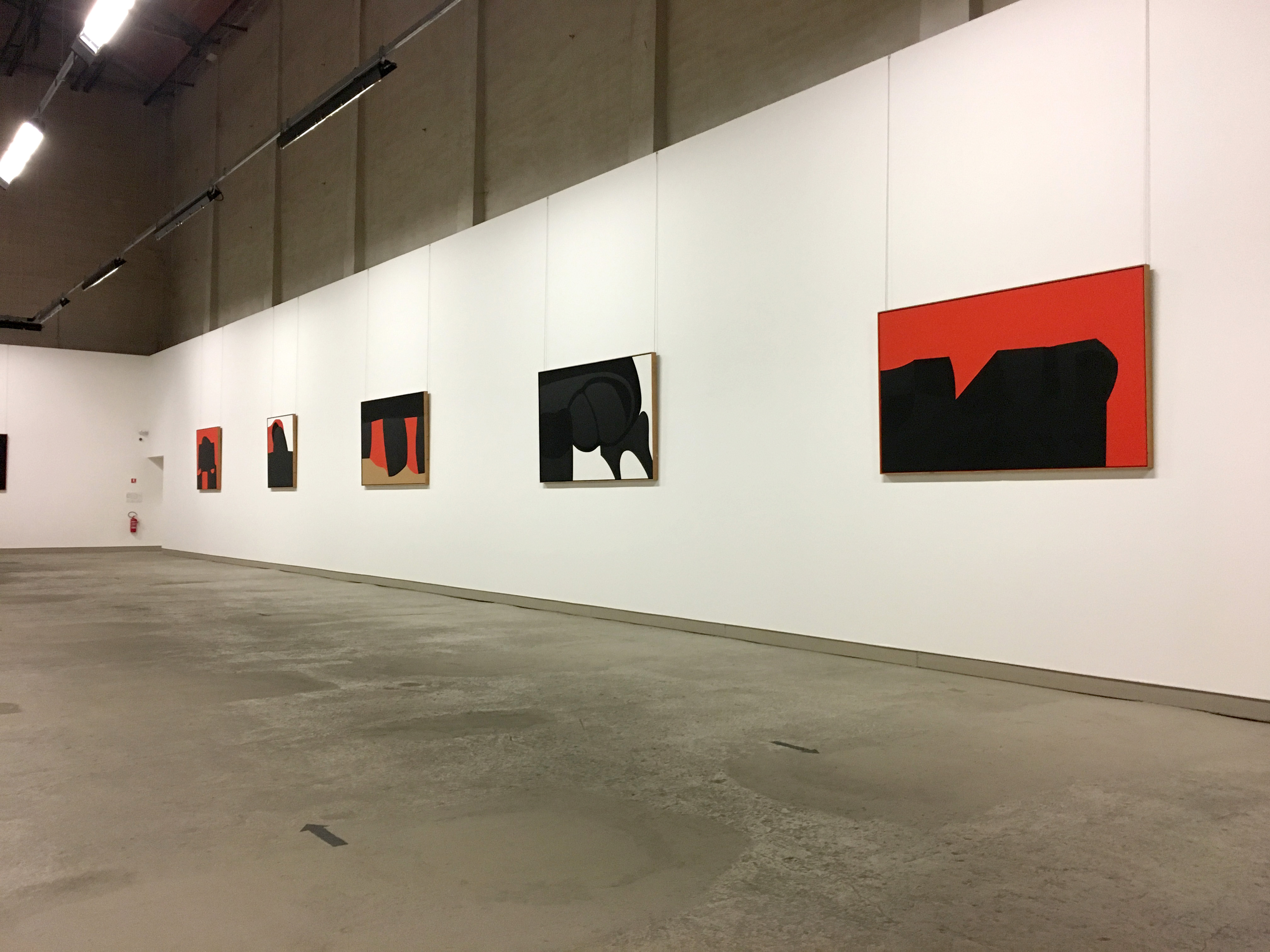
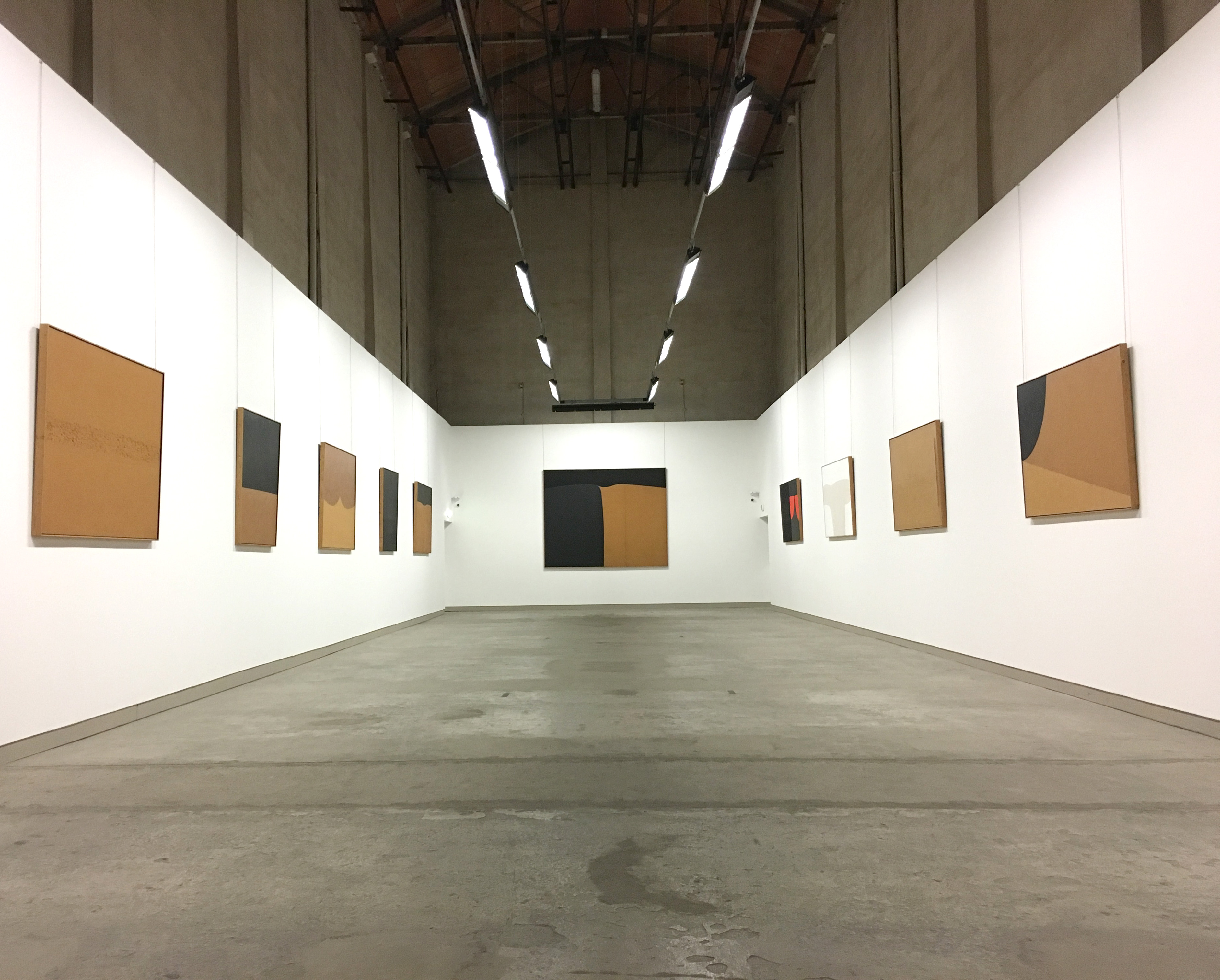
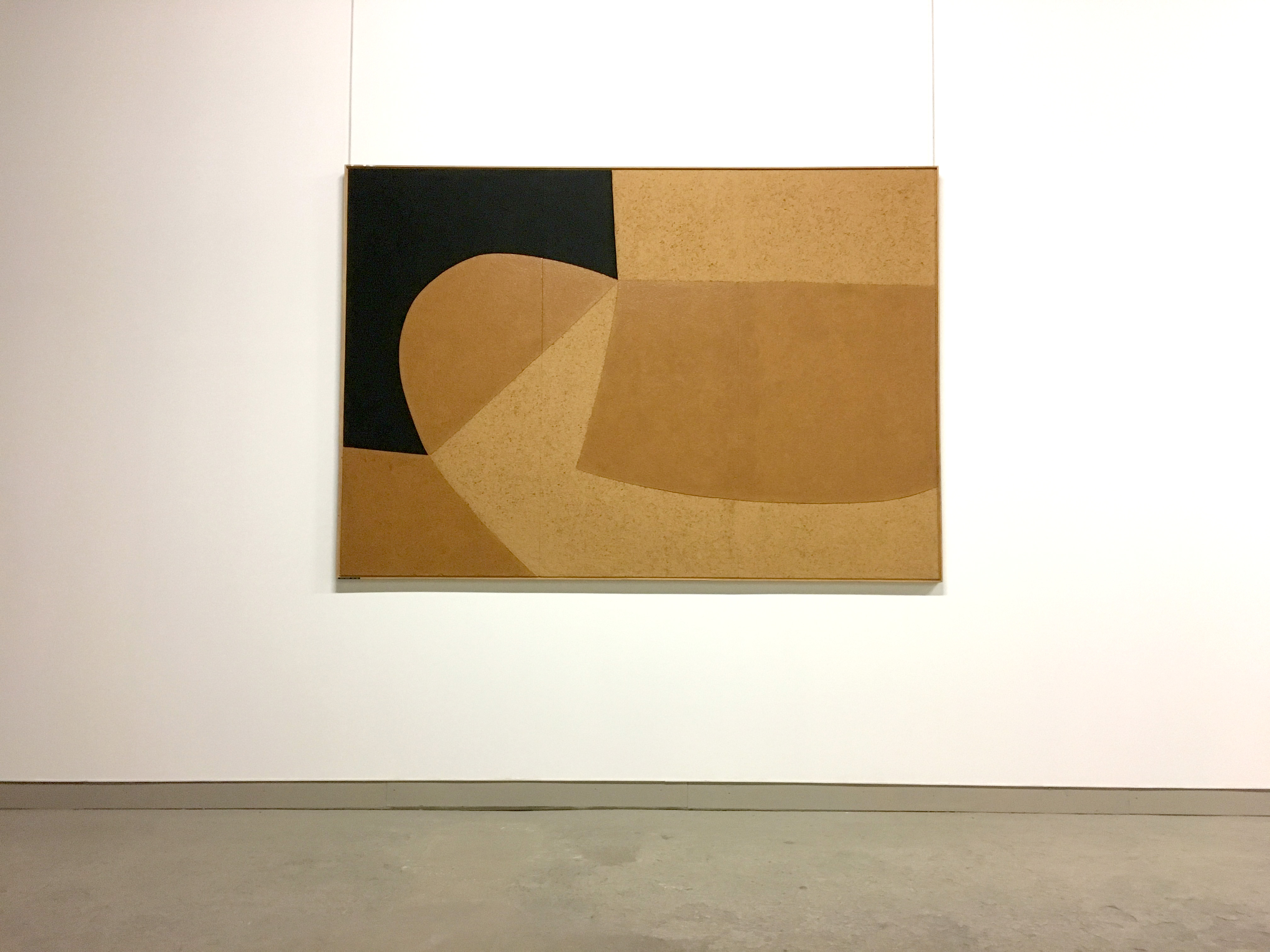
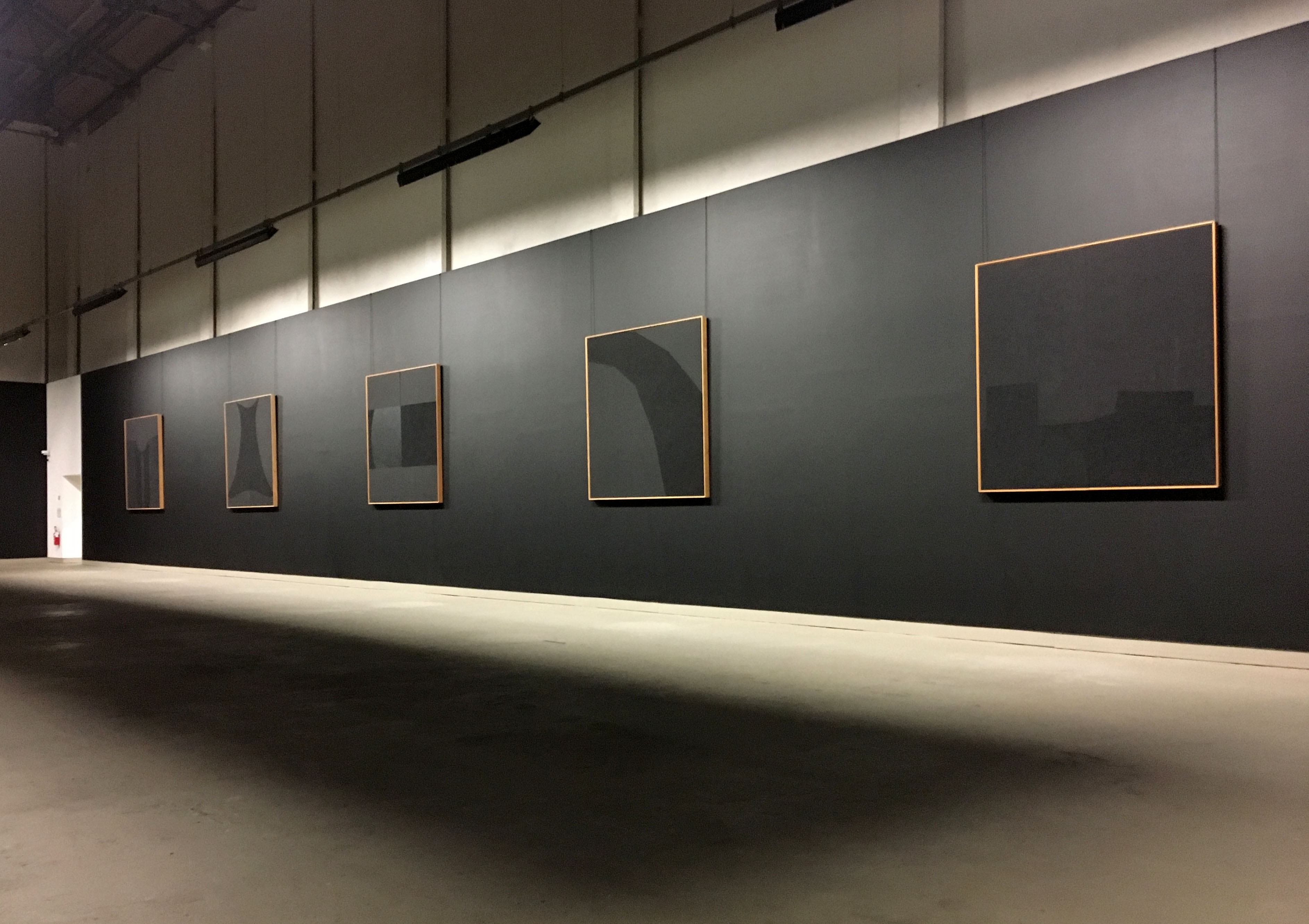
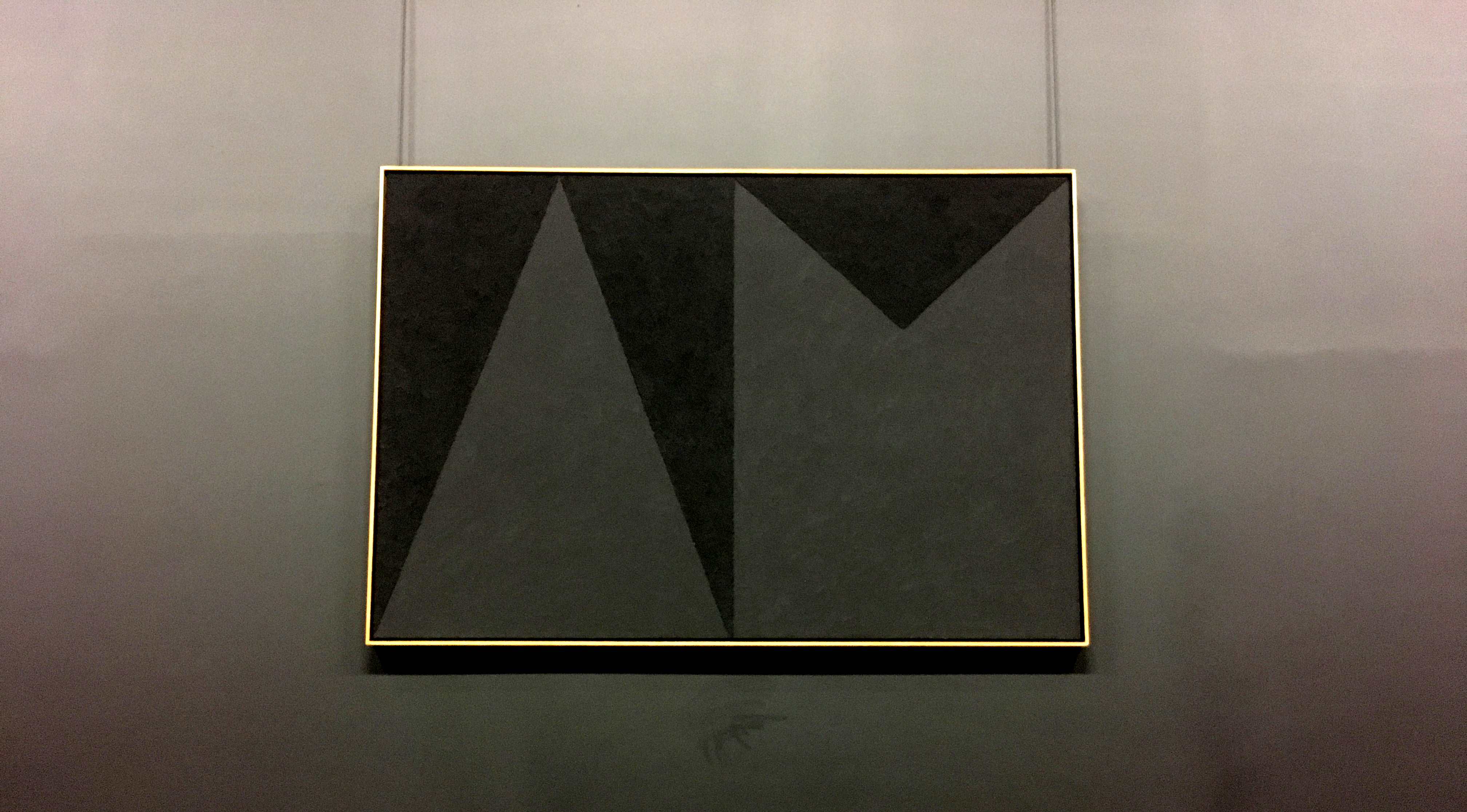
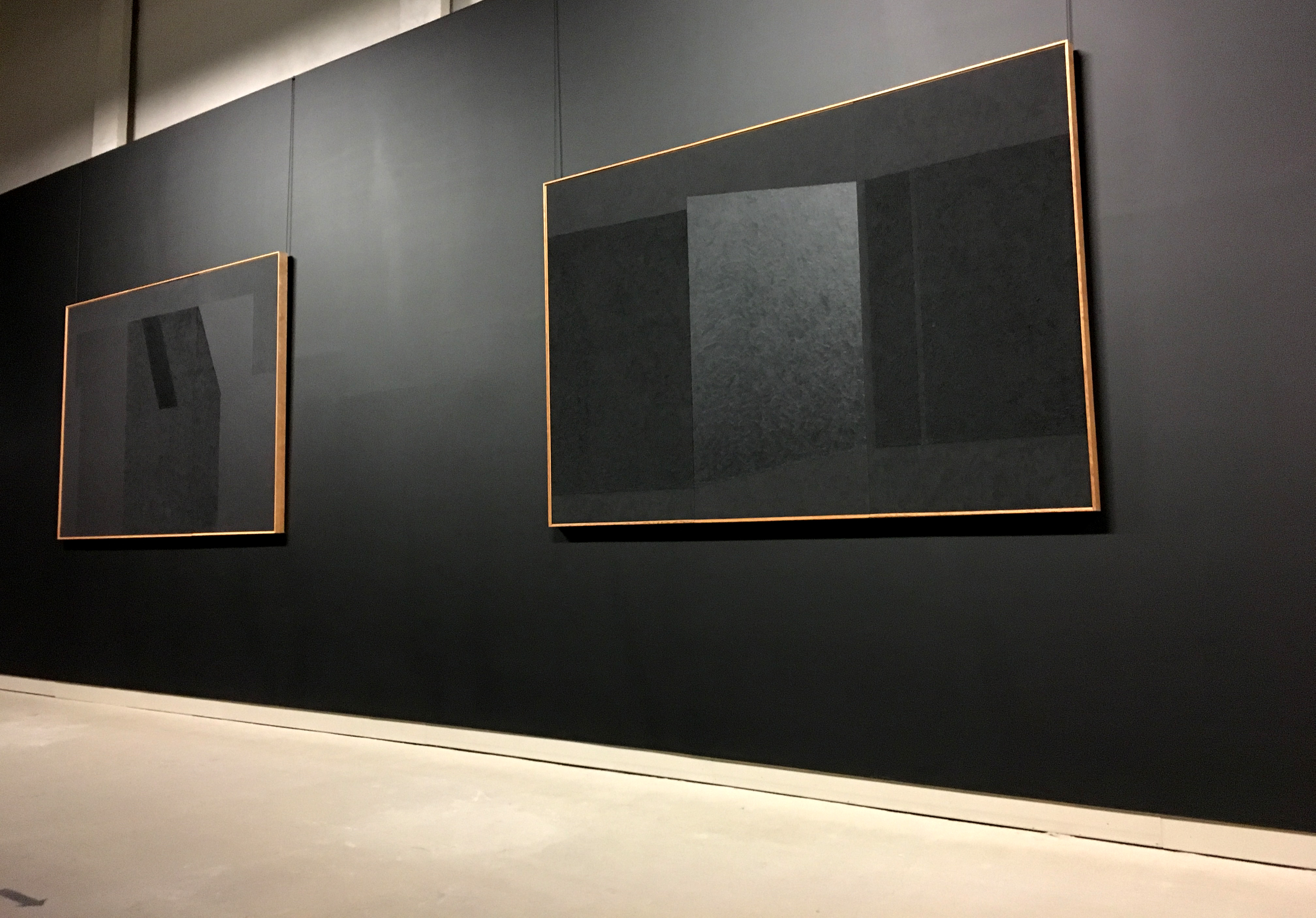
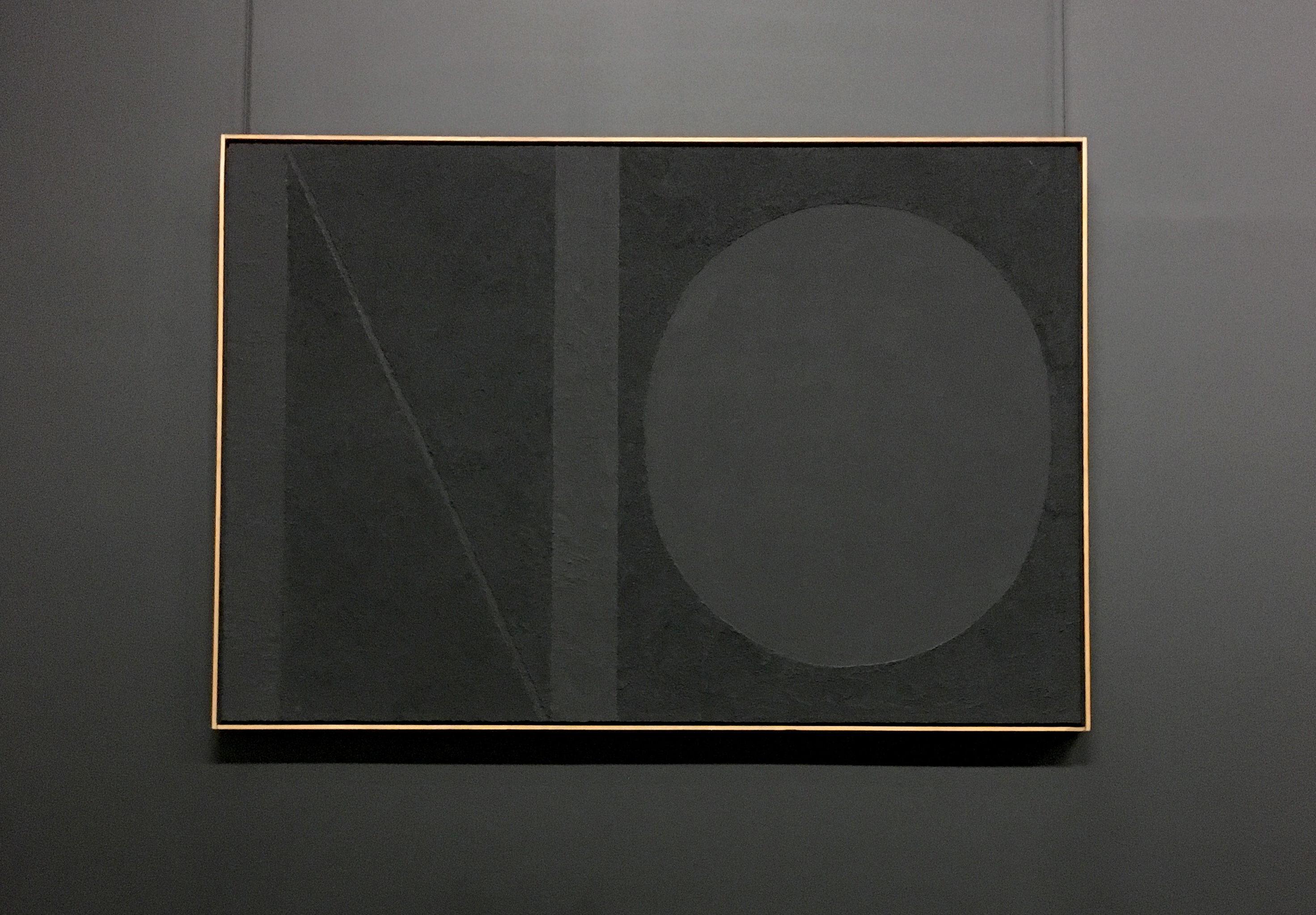
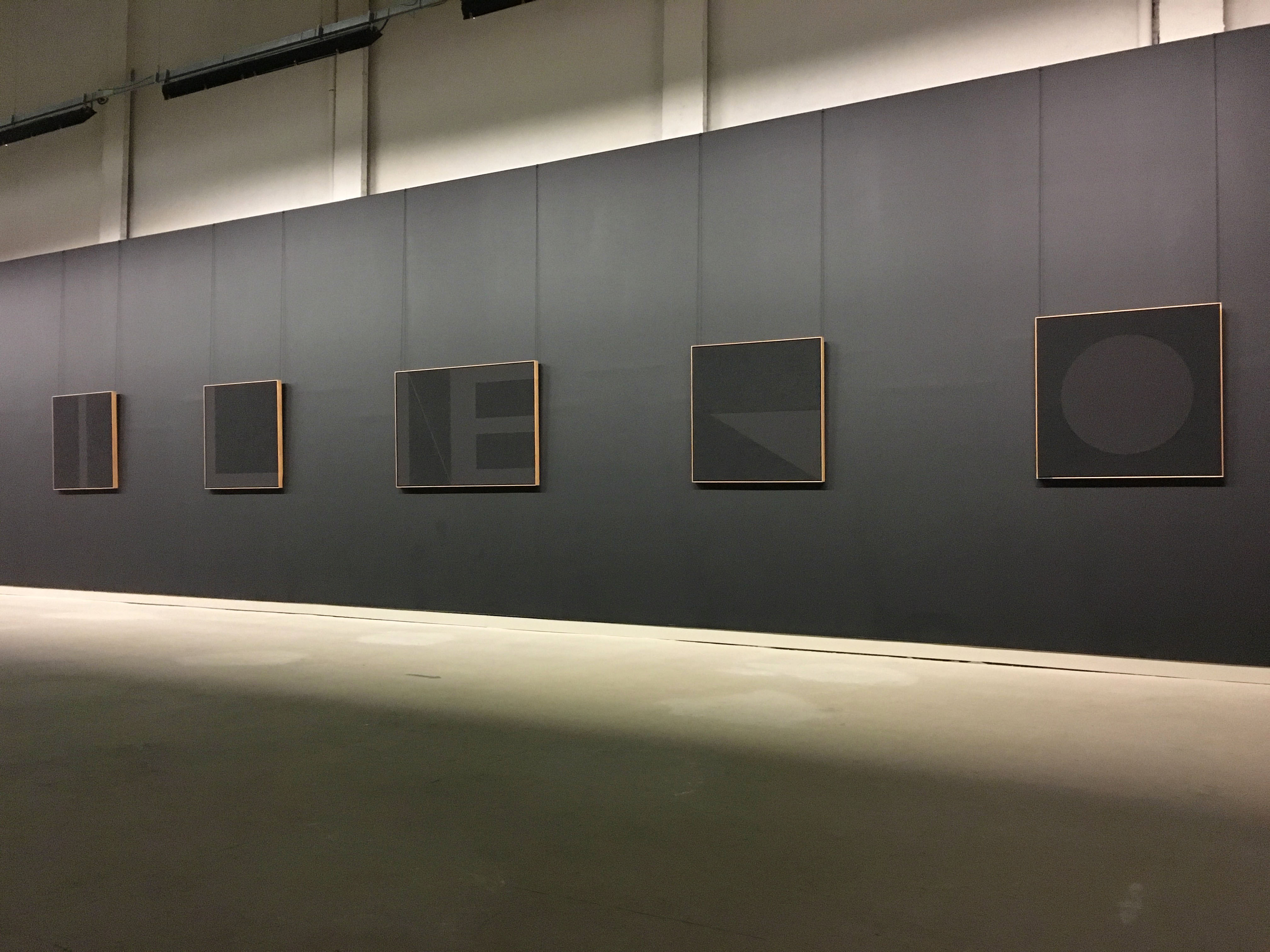
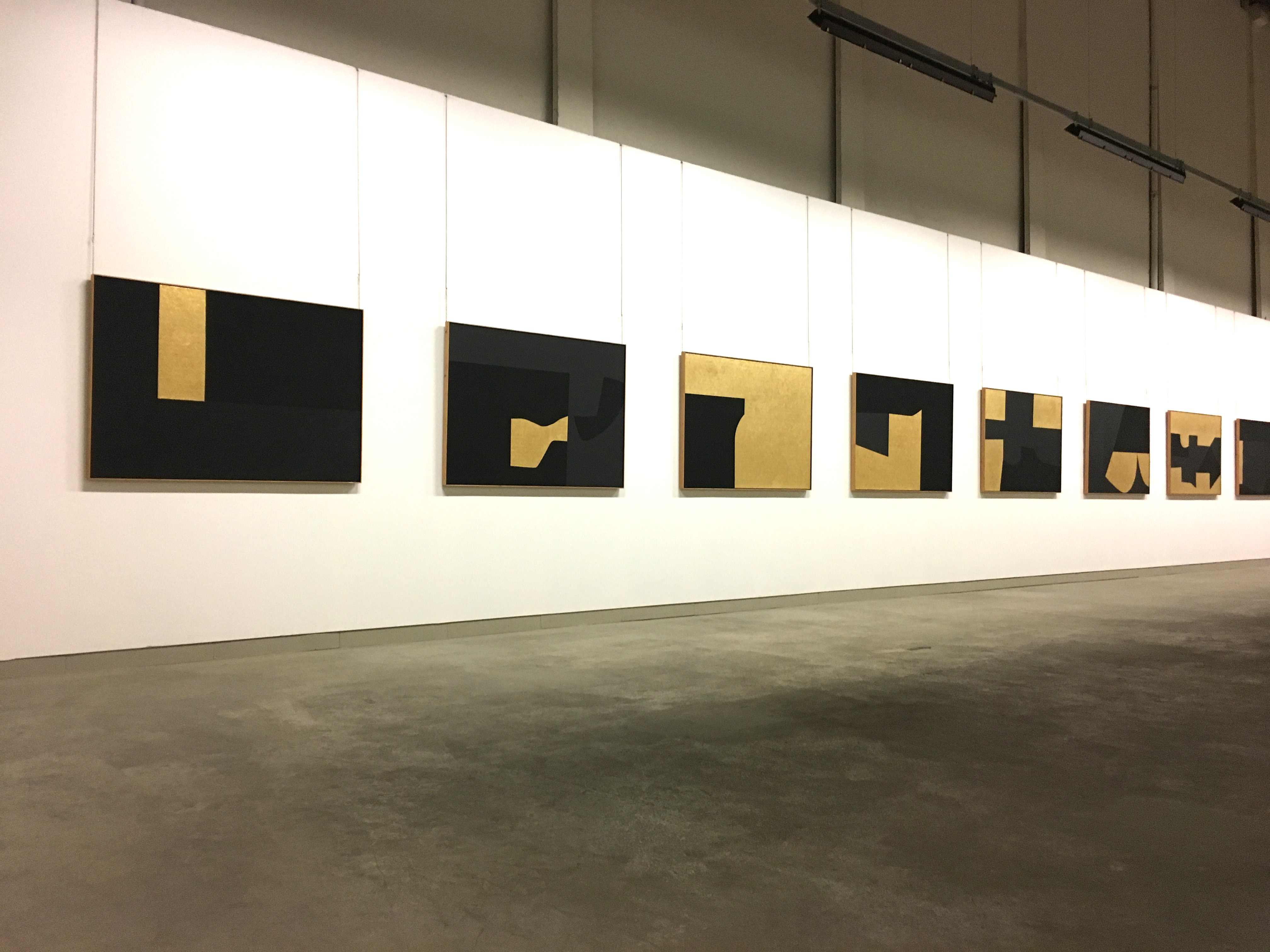
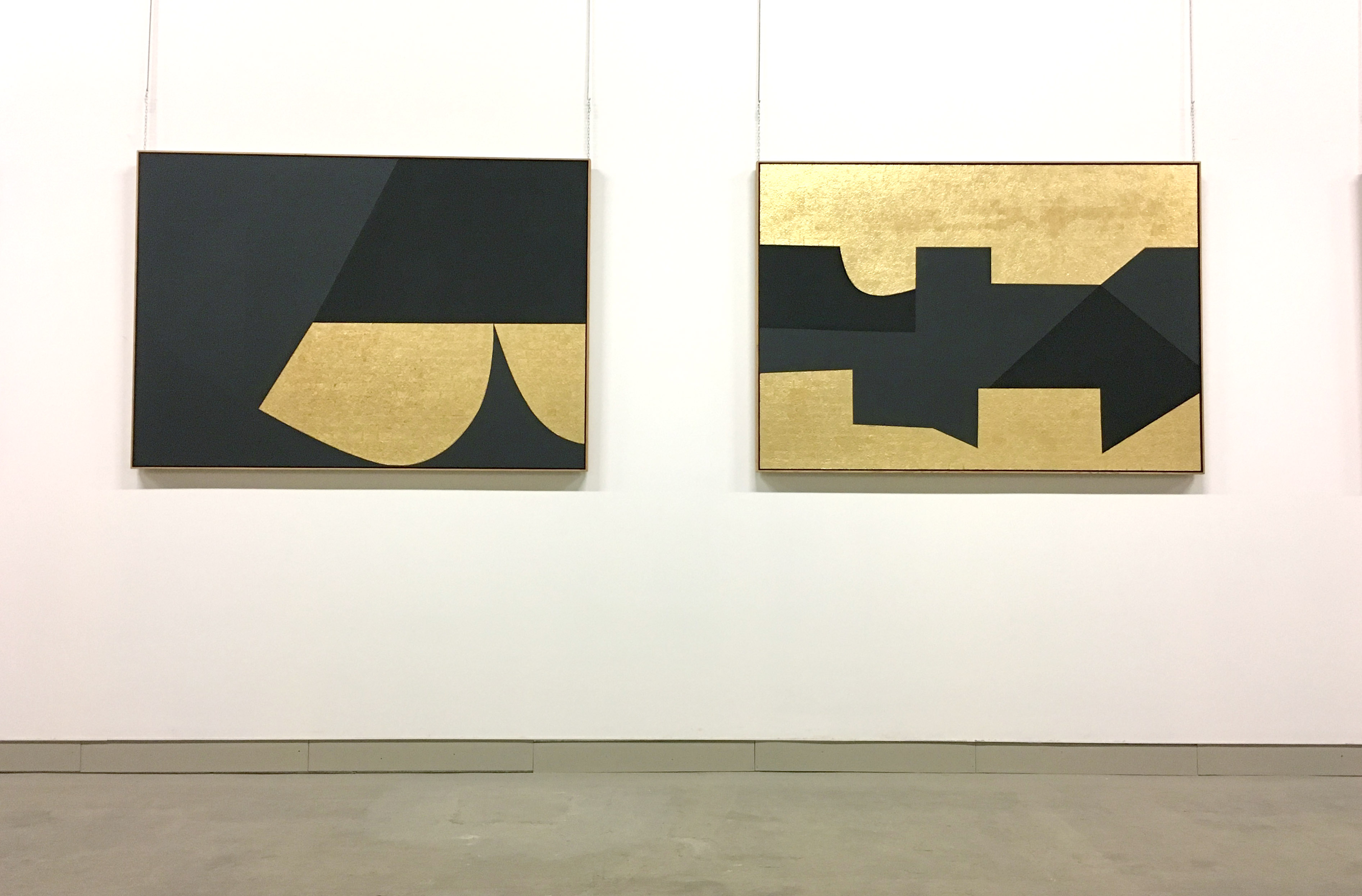
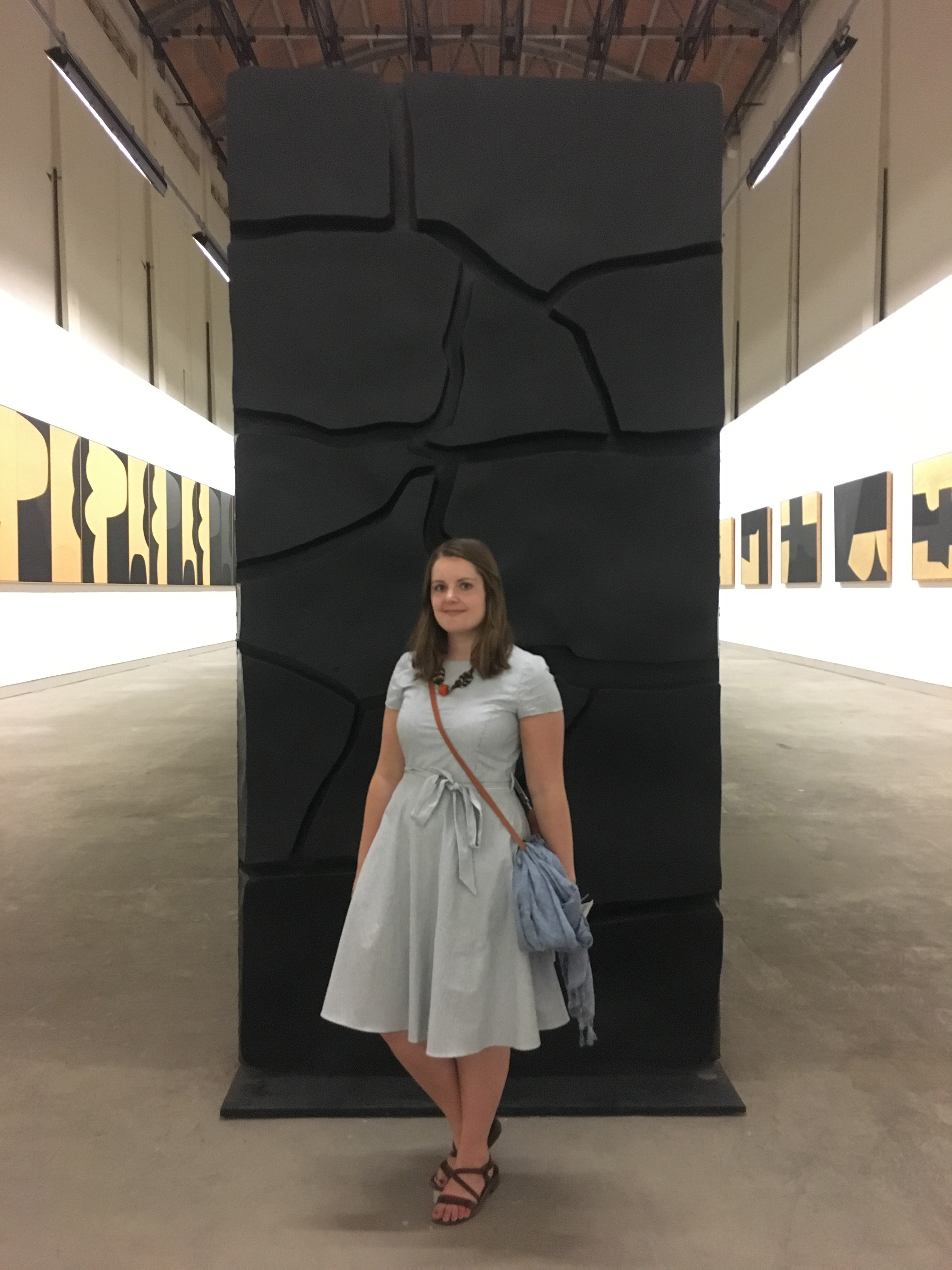
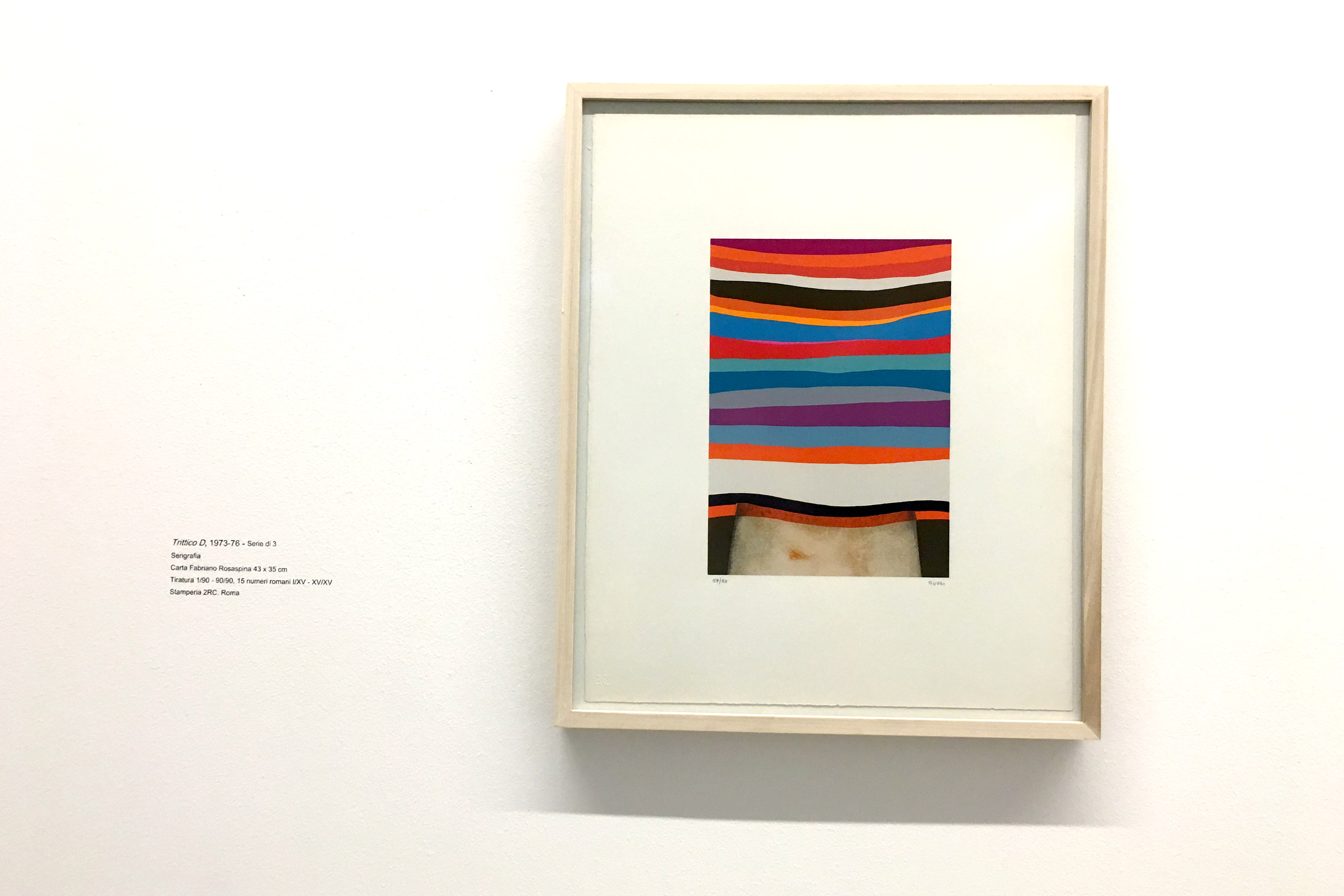
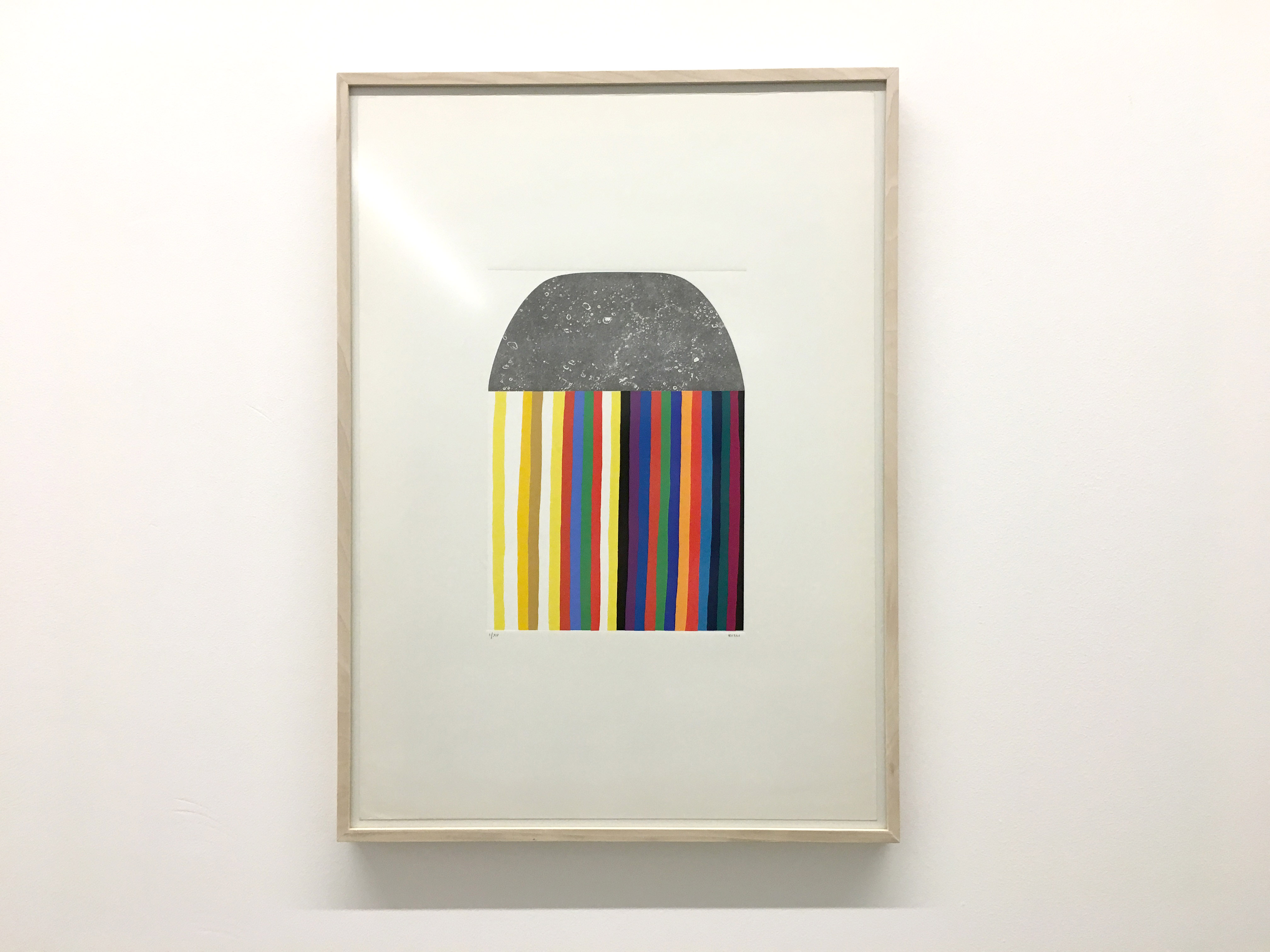
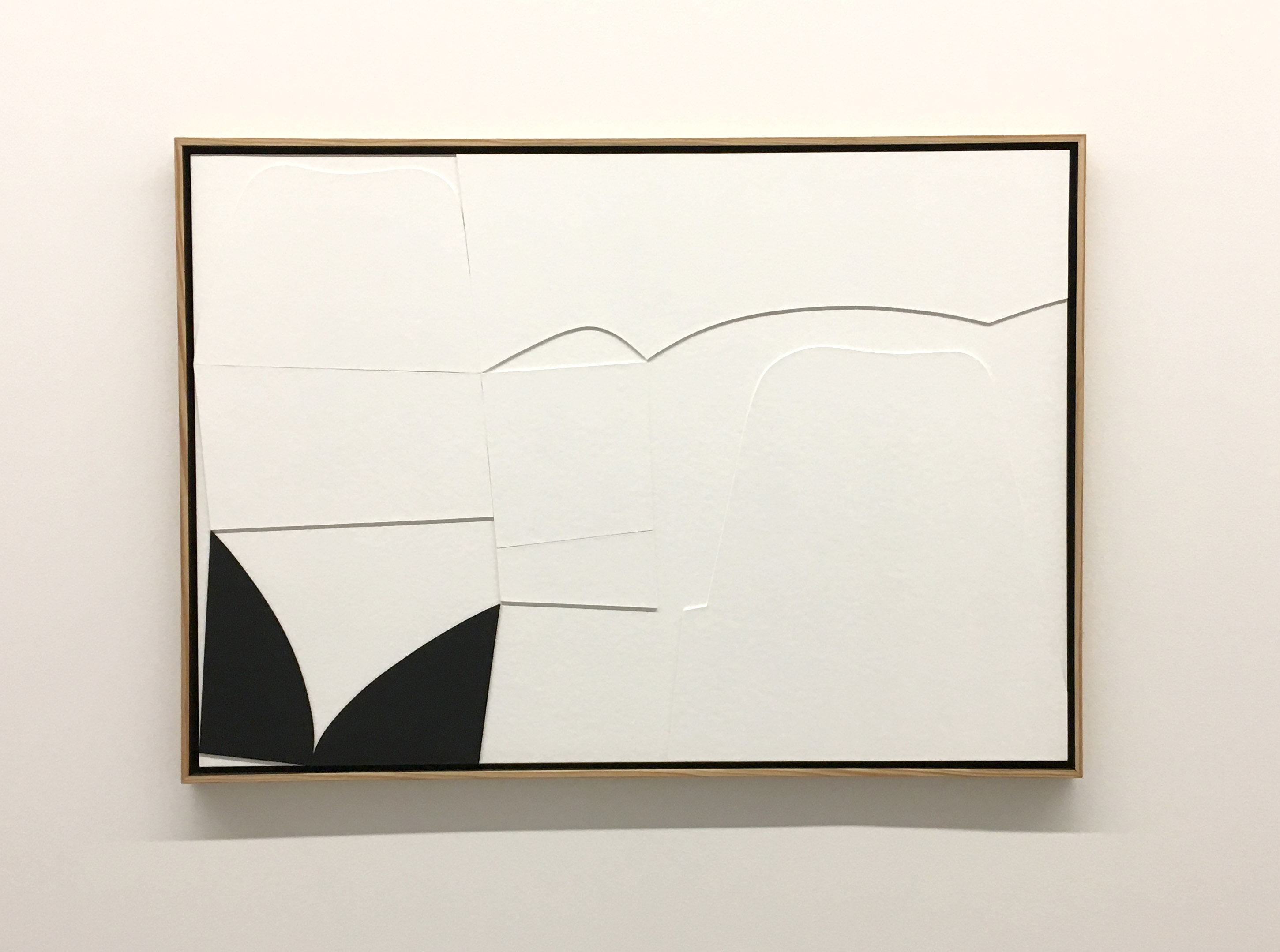
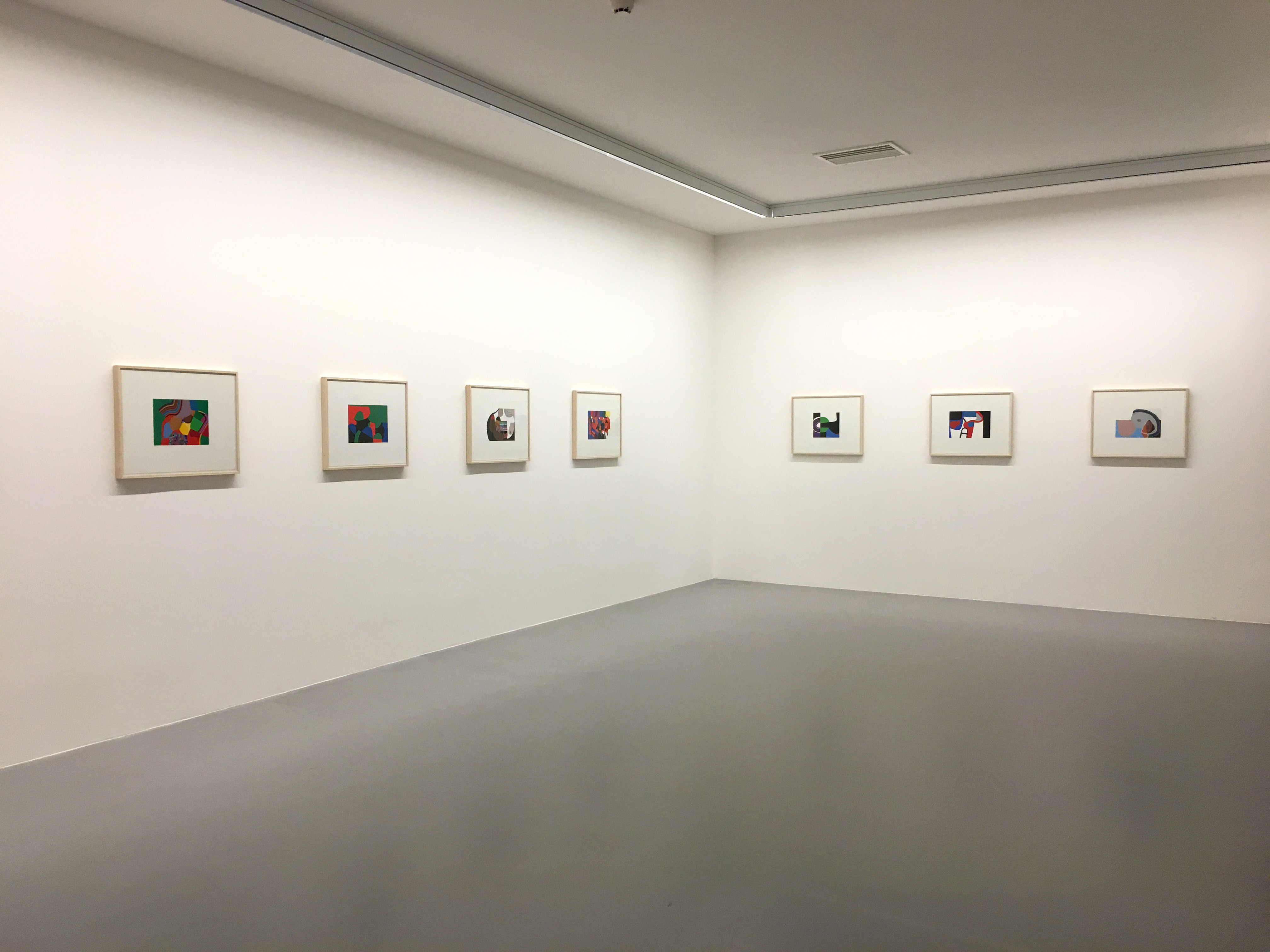
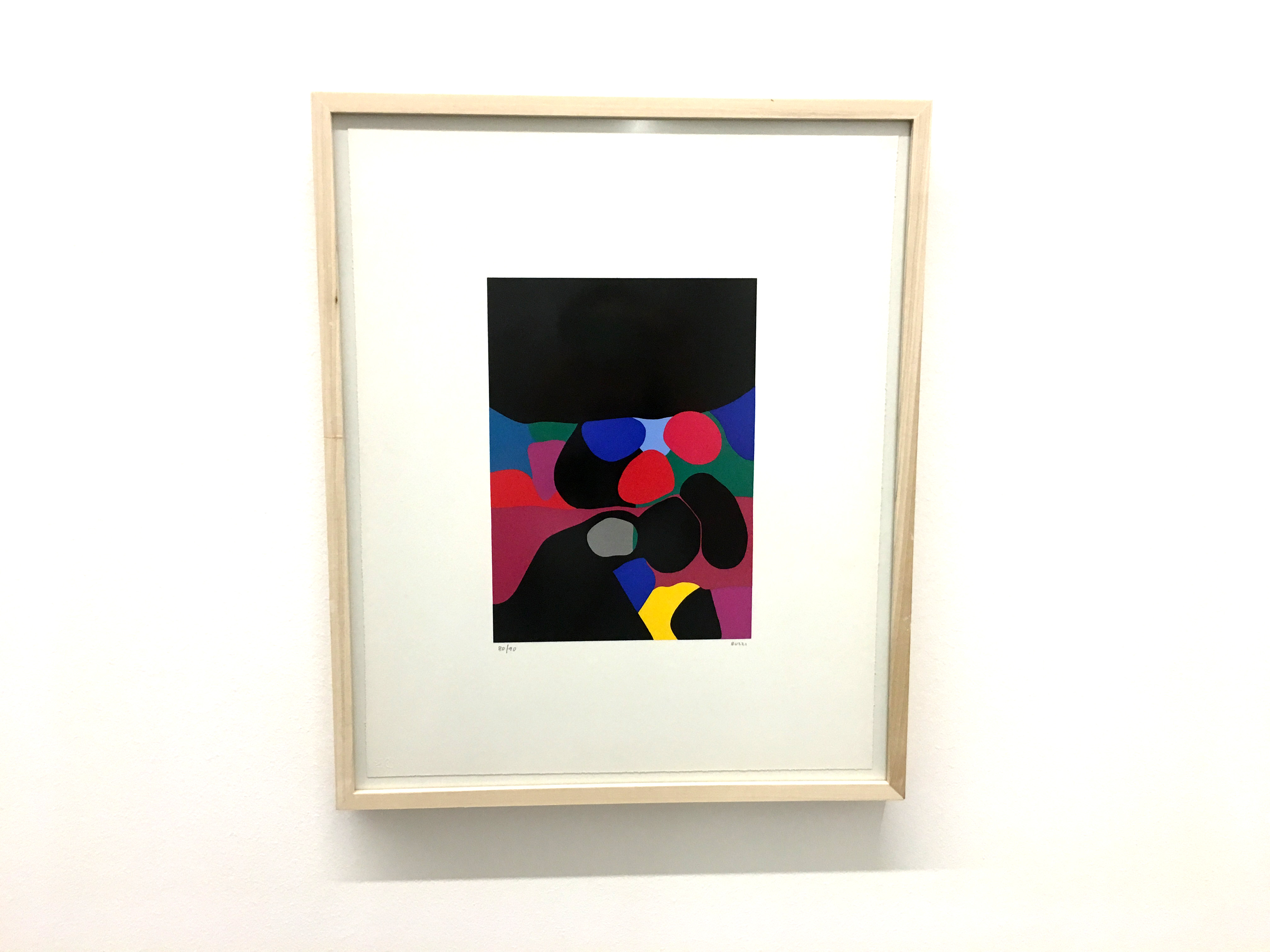
ha im a bit late to your post; thank you for sharing – the building in matt black is amazing and the scale almost breathtaking. nice pic + the person adds scale. mostly got into the prints . I was reminded of some Robert Motherwell and Louis Morris works.
Great article & excellent photos. Me & my partner have just been & this is a great round upn of what we saw! Thank you 🙂
Thanks George – it was such a beautiful exhibition that it seemed a shame not to share it 🙂
[…] poster was from the Burri exhibition that I visited in Italy earlier this […]